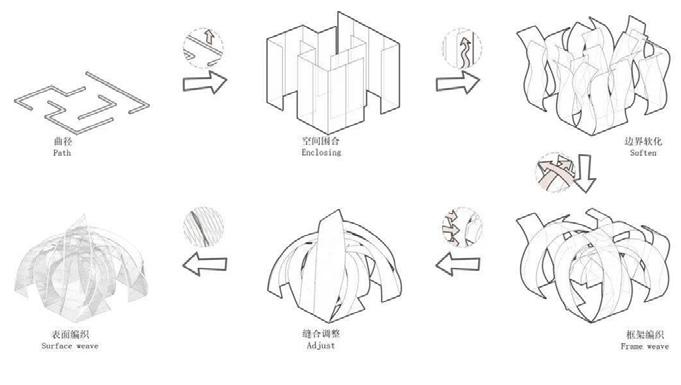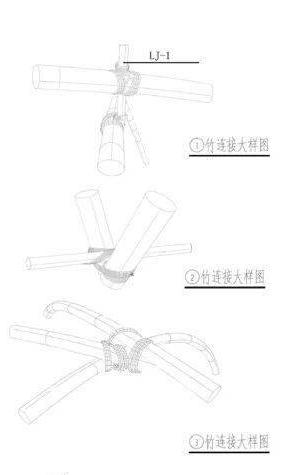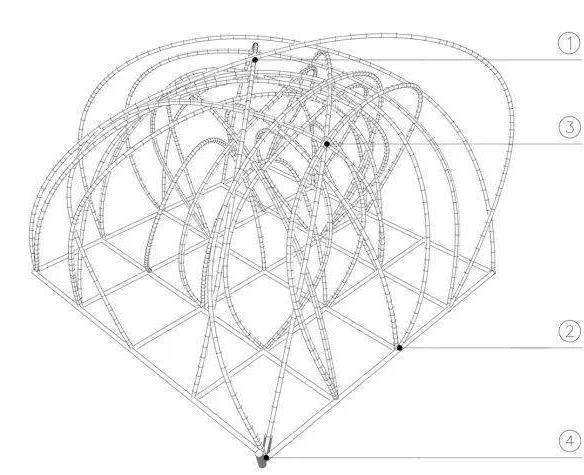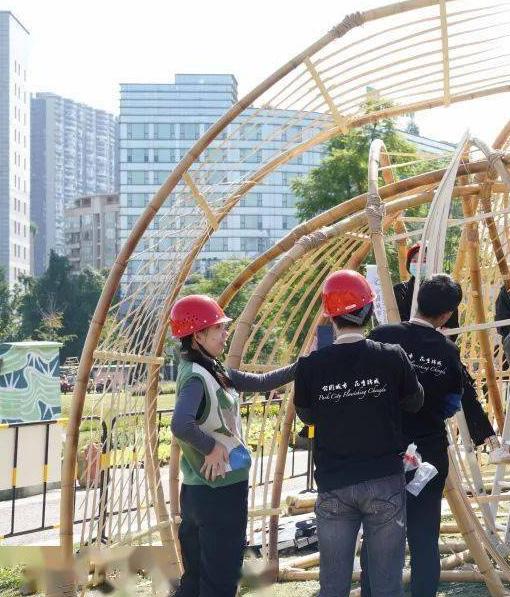
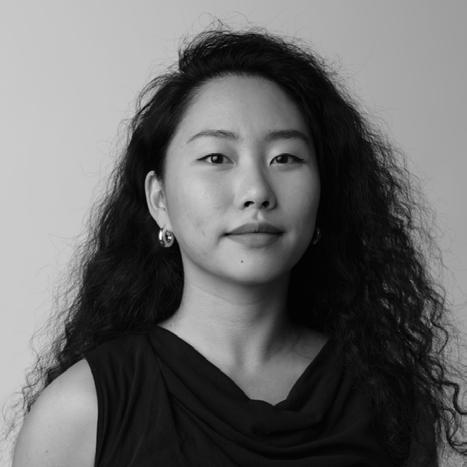



ymenghan@upenn.edu
+47 48507966 Oslo, Norway, 0355
With experience living, studying, and working in diverse cultural settings, I've discovered a deep passion for exploring how people interact with landscapes, influenced by culture, climate, and social justice. My ongoing exploration involves intertwining aesthetics, sustainability, and equality, and integrating them into everyday landscapes.
I find inspiration in art and nature, which fuels my creativity and drives me to experiment with interdisciplinary design approaches.
University of Pennsylvania
• Master of Landscape Architecture Philadelphia, US. 2021- Present
Beijing Forestry University
• Bachelor of Landscape Gardening Beijing, China. 2017-2021
Snøhetta
• Landscape Architecture Intern Oslo, Norway. Agu, 2023 - Present
Michel Desvigne Paysagiste
• Landscape Architecture Intern Paris, France. May- Agu,
Elysian Landscapes
• Landscape Architecture Intern Los Angeles, US. May- Agu,
Wei Fang, Yu Menghan, Li Yixiao, Wang Xaingrong. “Research on Community Public Space Renewal Based on Tactical Urbanism— A Practical Path to Promote Landscape Justice [J]” Landscape Architecture, 2020, 27(09):102-108. 2020
SKILLS
Rhinoceros Grasshopper
AutoCAD
ArcGIS Pro
Adobe Suite Enscape
V-Ray
Lumion
Microsoft Office
Mandarin(Native)
English(Professional Proficiency

Astridplein Antwerp, Belgium
Competition. Urban Plaza. 11,000 m2
Tidningskvarteren Marieberg Stockholm, Sweden
Competition. Urban Space. 40,000m2
Exness Headeadquarters Limassol, Cyprus
Competition. Masterplan. 210,000 m2
Project Tucson Abu Dhabi, UAE
Competition. Feasibility Study.
Diriyah Gate Parks Riyadh, Saudi Arabia
Competition. Park. 160,000m2
5941 Kanan Dume Rd Malibu, US Commission. Residential. 50,000 m2
11692 Stardust Dr Las Vegas, US
Commission. Residential. 7,000 m2
Eco Chapel
Sustainable material | Religious community
Black Sand
Climate change | Responsive coast
Snow Buffer
Prototypical Topography/ Sound scape
CHAP.02 COMMUNITY FIRST
Lost Atlas
Cultural heritage | Urban healing
Just Green Enough
Anti-gentrification | Productive landscape
Poro-CITY
Industrial campus | Public trust
Parametric Playscape Grasshopper
Urban Agriculture Feasibilty Study ArcGIS Pro | AfterEffect
CHAP.04 AARTSY
Unfold Clean energy generator
Assemblage Sensory garden
Shadow Weaver Bamboo pavilion
"The human condition is merely one among numerous others in a world full of similarities, exchanges and movements that point upwards, downwards, inwards and outwards."
Critical Coast
Location: Addis Ababa, Ethiopia
Typology: Sustainable development
Individual Work | 2021
In Ethiopia, climate change and excessive reclamation efforts have turned once-fertile land barren. Despite ecological degradation, the site retains potential for religious and cultural significance, as well as mushroom habitats. The Orthodox faith inspires a communal routine blending pursuit of an imaginary Eden with forest conservation, giving rise to the Eco Chapel concept.
Mushroom cultivation, adapted to seasonal precipitation rhythms, recycles organic waste and supplies the Chapel with plastic mycelium material, serving various needs. Mycelium functions as a versatile building material, including bricks, seats, and coffins in the dry season, while degrading in the wet season to enrich soil for new mushroom cycles. This mycelium circulation aligns with regional climate characteristics, fostering communal life and bridging human activities with ecological remediation.


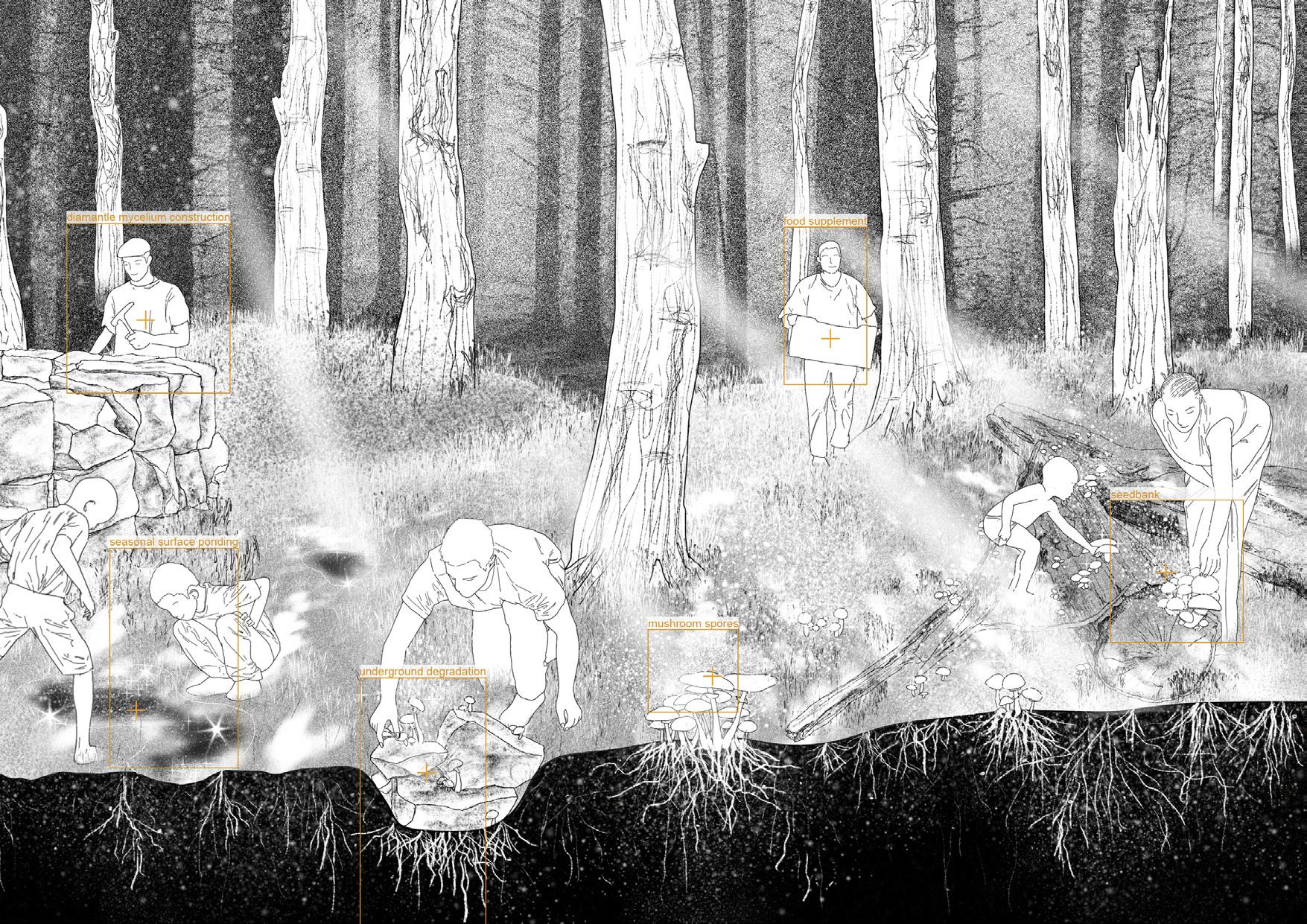
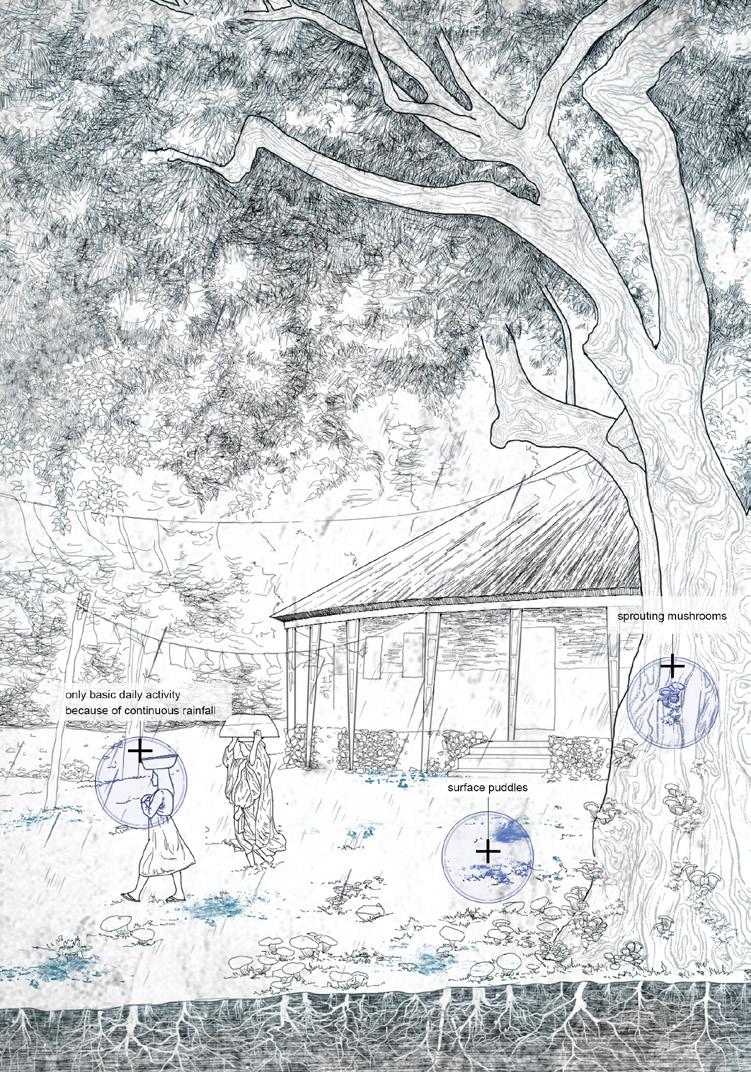

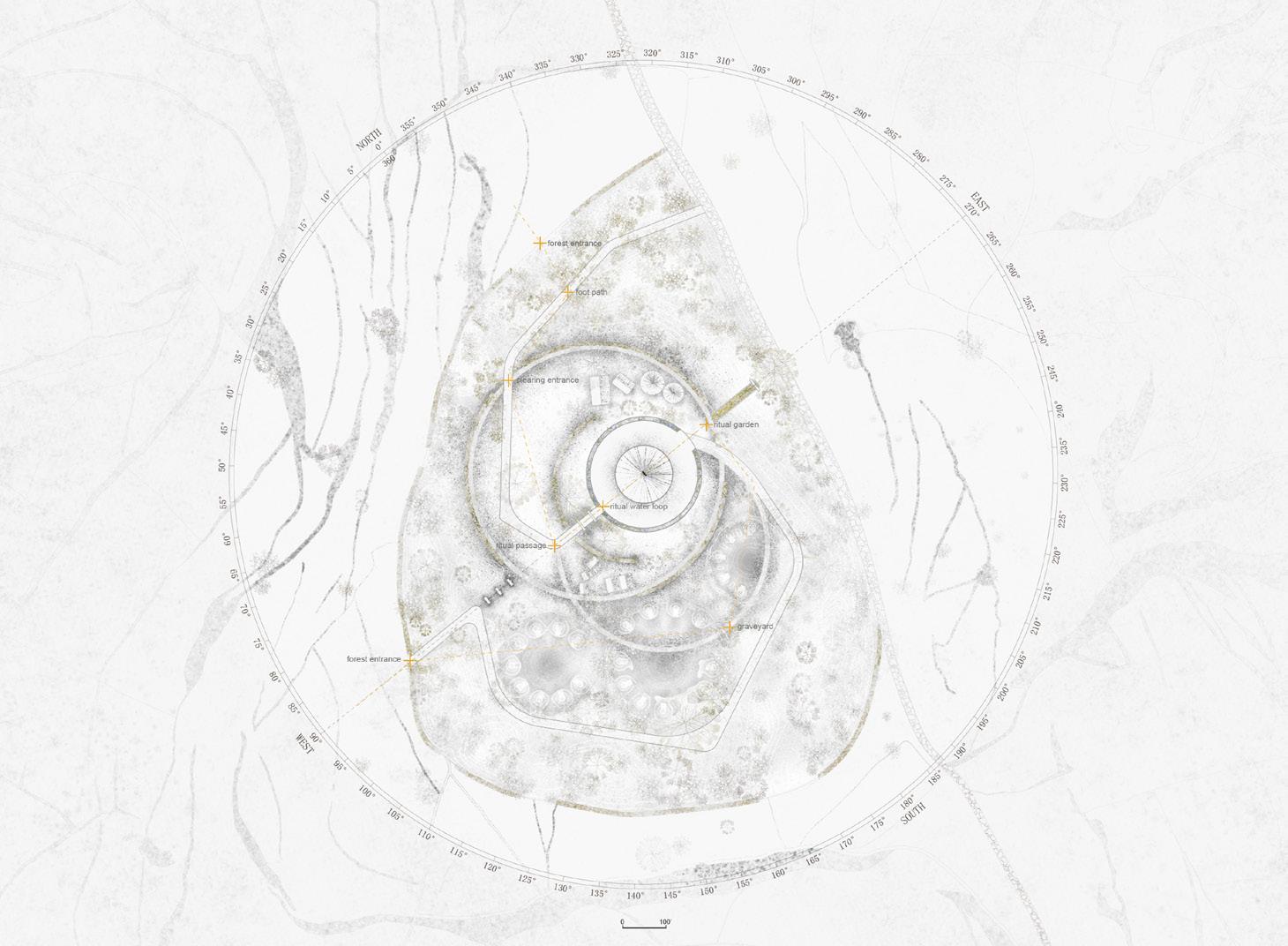










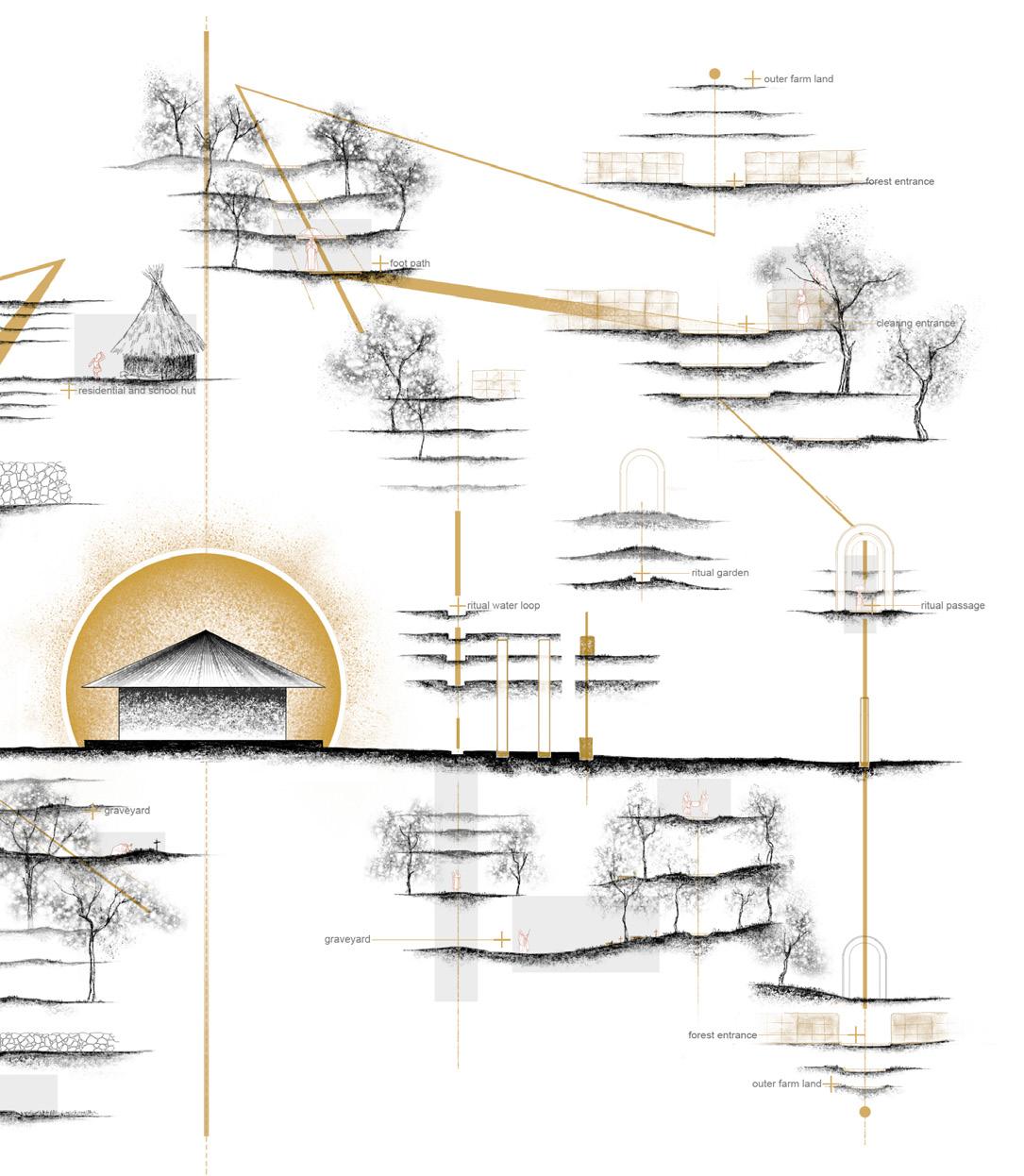



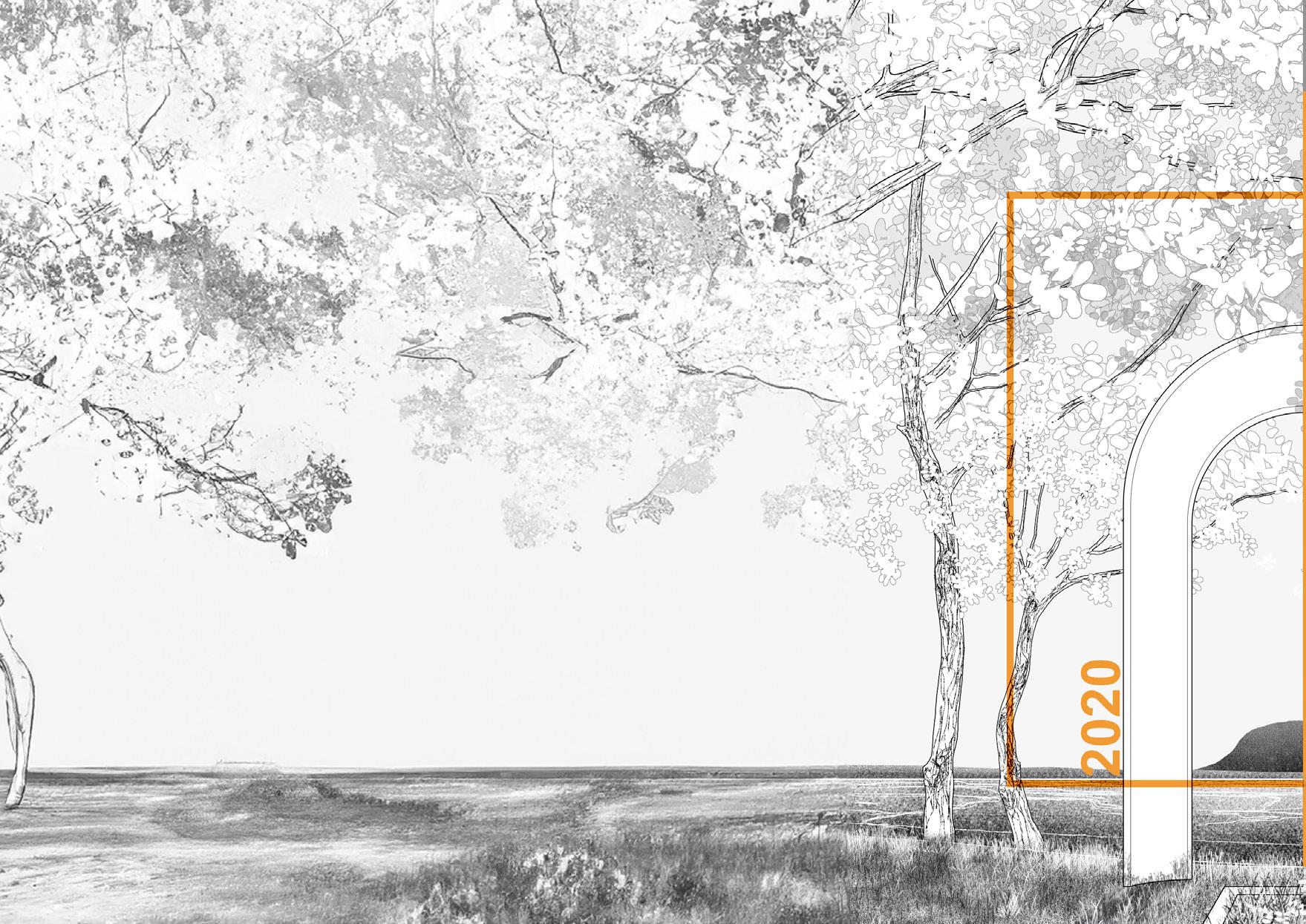
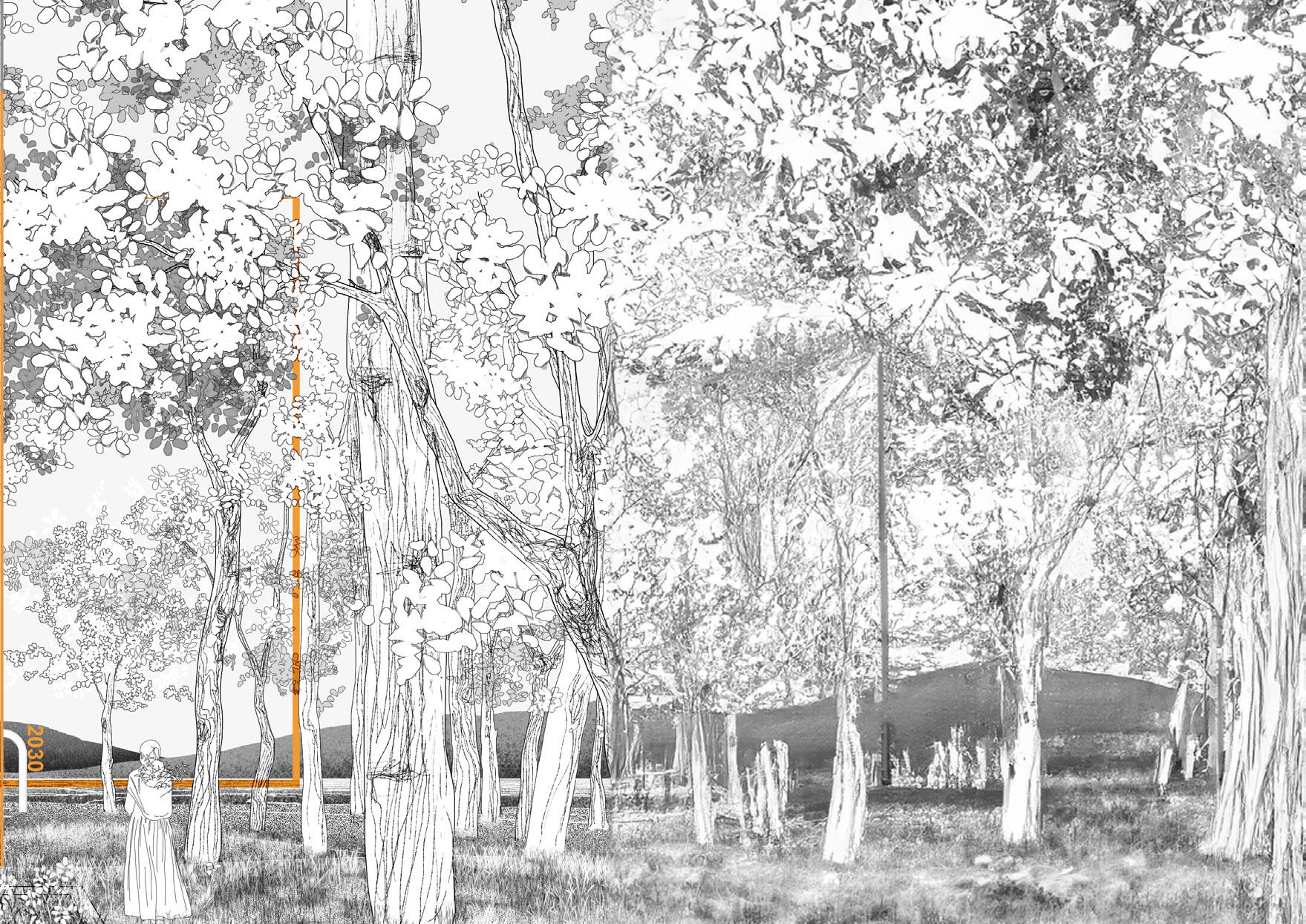
Location: Baltim, Cairo, Egypt
Typology: Climate Adaptation
Collaboration with Xiya Xu | 2021
The Nile Delta, once fertile and vital for sustaining Egypt's population, now confronts a pressing threat from rising sea levels. Harnessing the economic potential and adaptability of black sand offers a solution to multiple challenges. By utilizing its unique properties, such as flexibility, we can substitute traditional industries, restore ecosystems, and slow seawater intrusion.
Creating artificial sand terrains and repurposing sand mining channels can introduce a salt marsh system to contain encroaching brine. This, along with integrating bay salt industries and strategic topographic design, provides a new path for the sinking delta to coexist with rising seas. This approach bridges human activity with ecological remediation, fostering resilience amid environmental change.
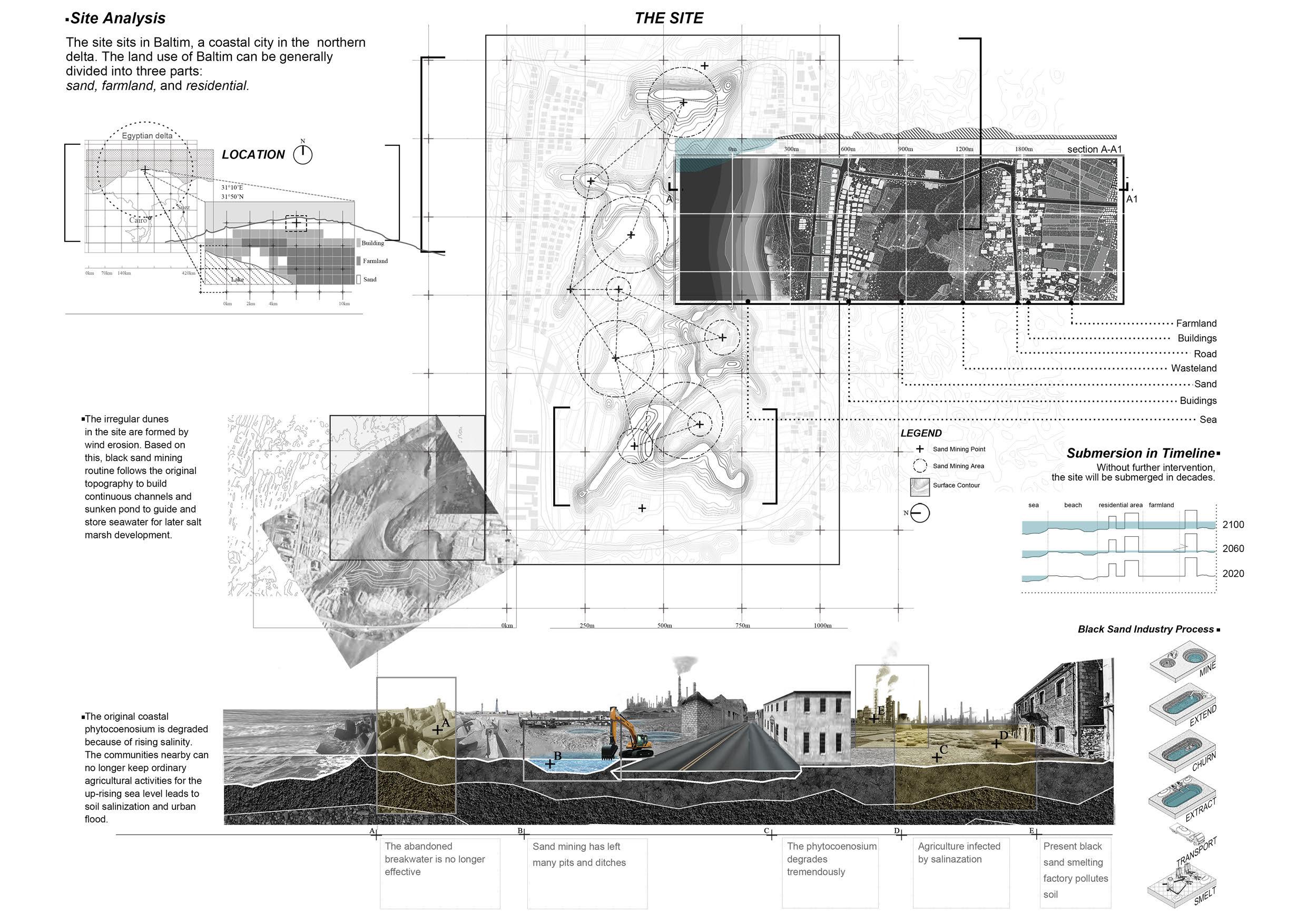

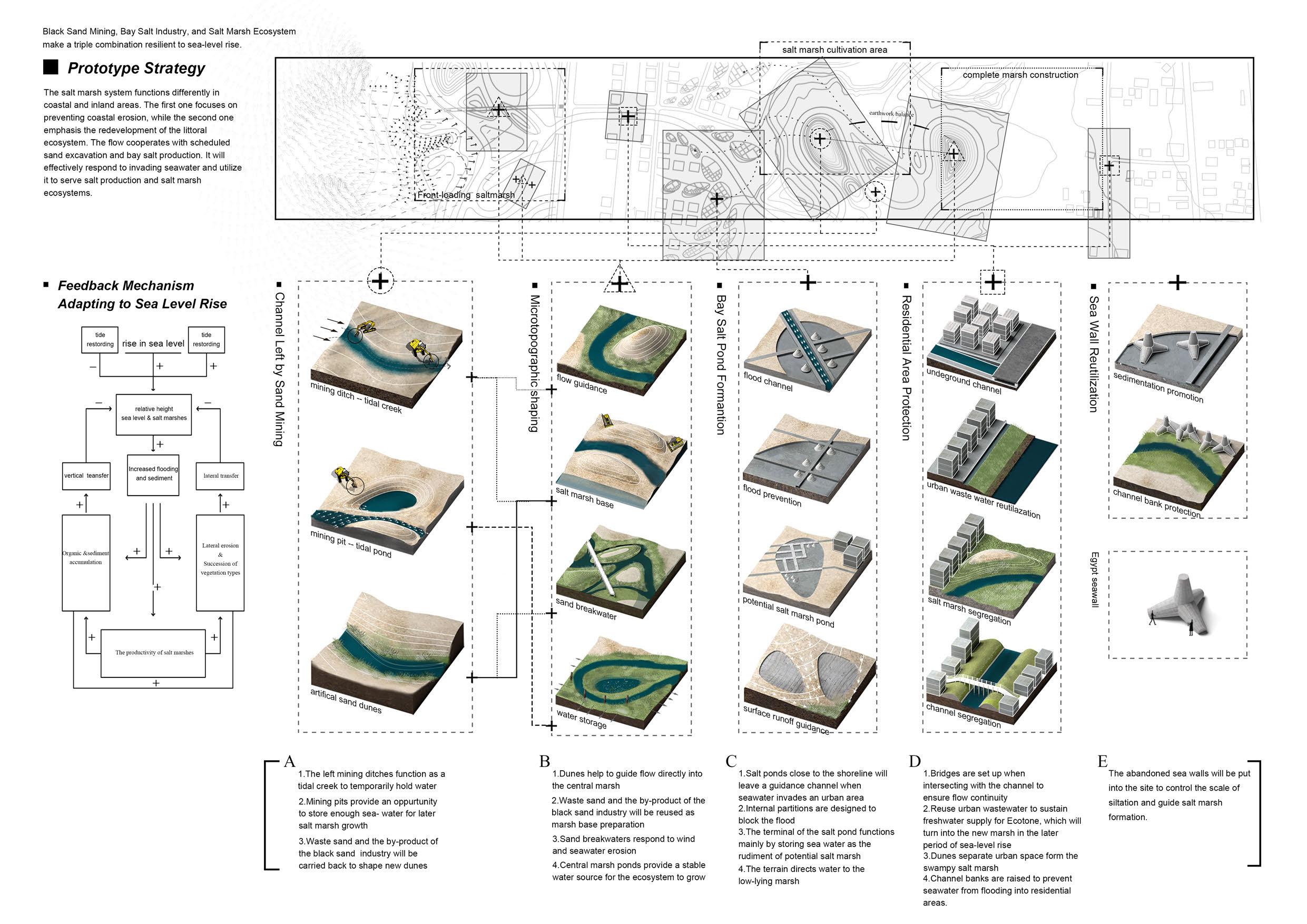

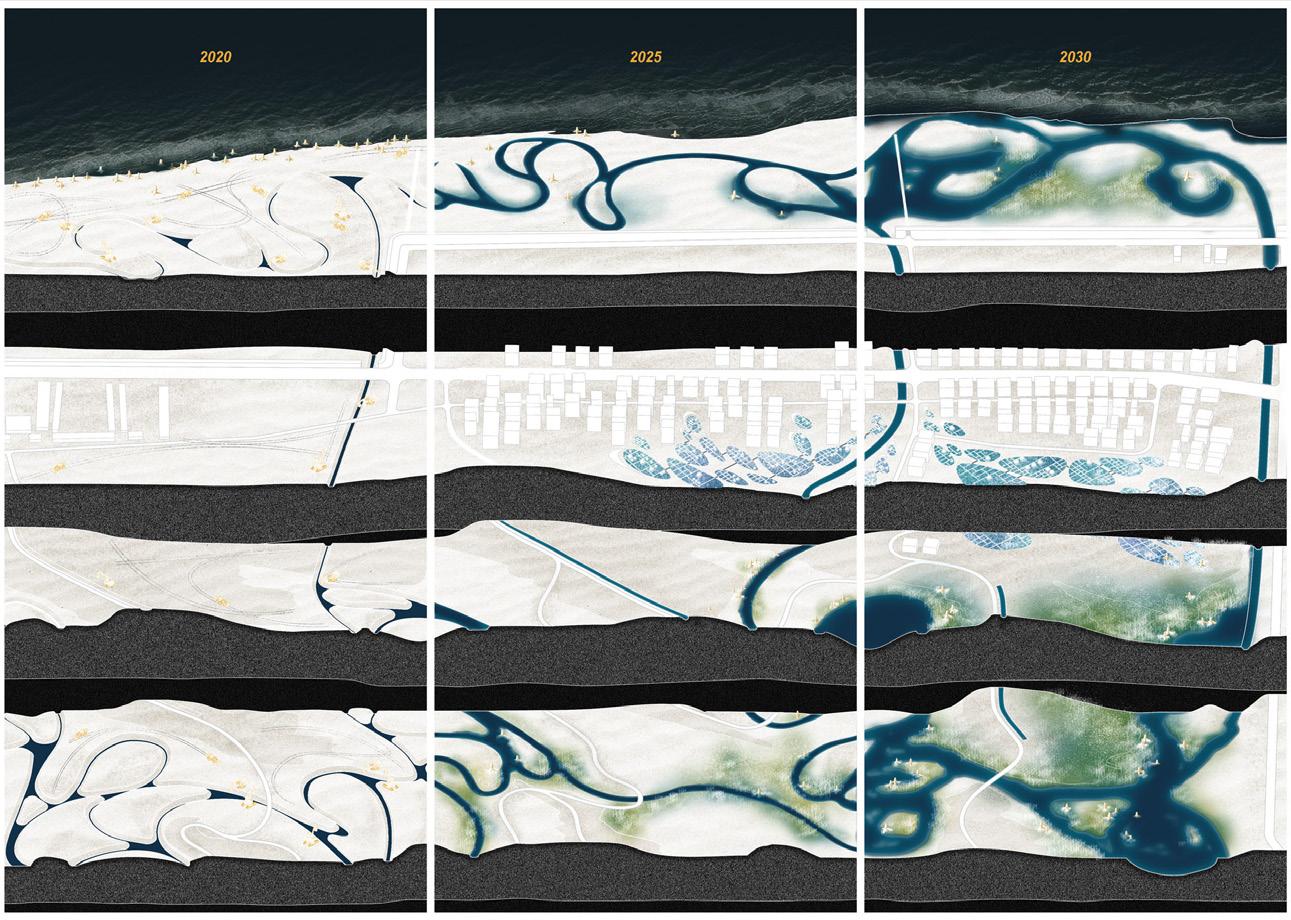


Location: Debert, Canada
Typology: Soundscape
Collaboration with Wen Zhou | 2021
In Debert, Canada, the lengthy snow season fuels winter sports but leads to runoff issues when it melts.
Near a residential area, the airport, though underutilized, remains vital for casual aircraft. Urgent measures are needed to handle snow and mitigate aircraft noise.
Clearings at the airport can be repurposed into sound-absorbing landscapes for noise reduction and snow storage. Inspired by the Chladni model, this design counters aircraft noise and enhances winter space positivity.
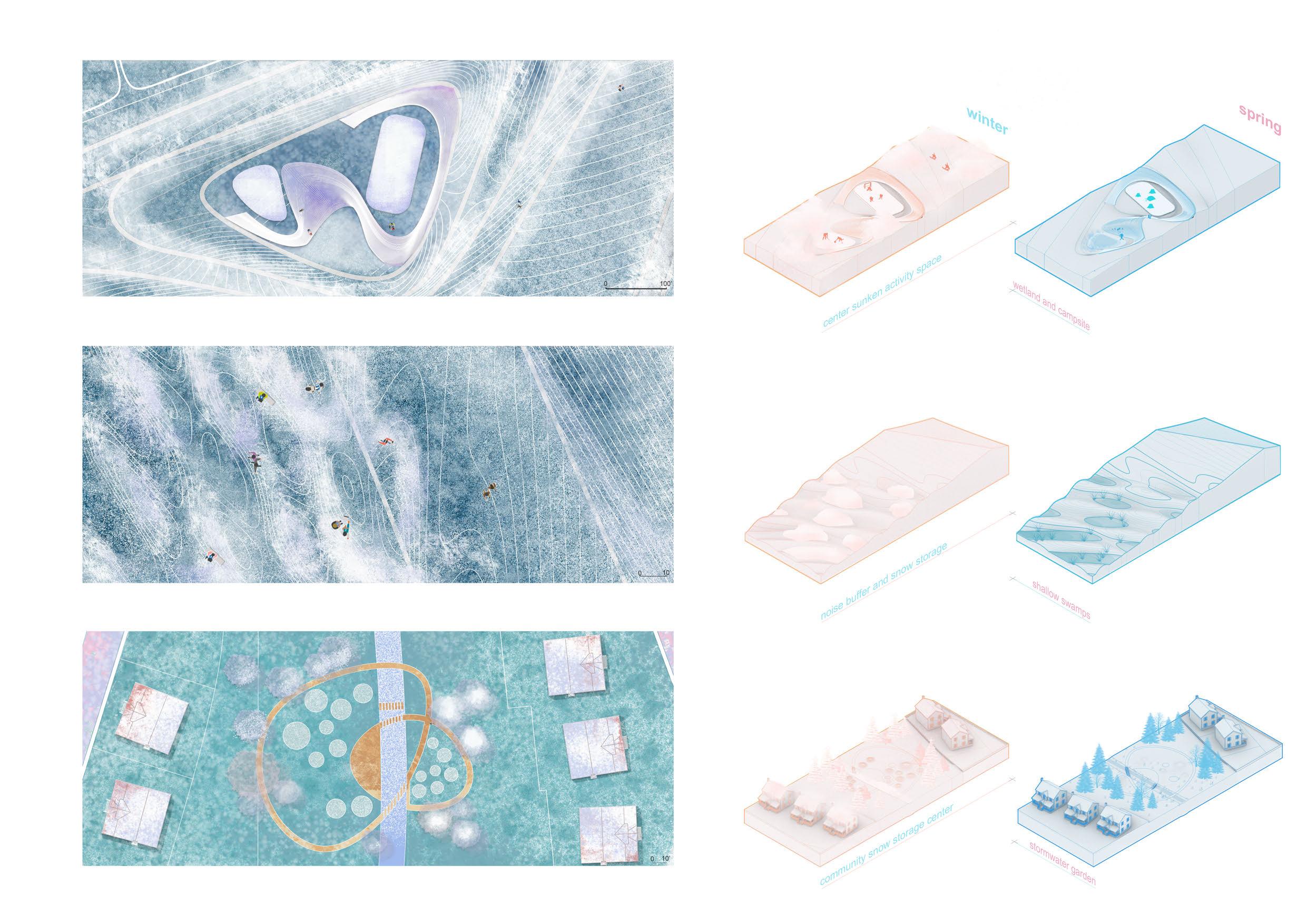




During my time at the University of Pennsylvania, my social identity encompassed more than just being a student; I was also an international, a newcomer, an outsider, and a minority. These personal experiences sparked a deep interest and passion within me for amplifying the voices of the vulnerable through reimagining inclusive urbanism.
Location: Coatesville, PA, United States
Typology: History Preservation
Instructor: Molly Bourne
Studio III | Weitzman School of Design | Fall 2022
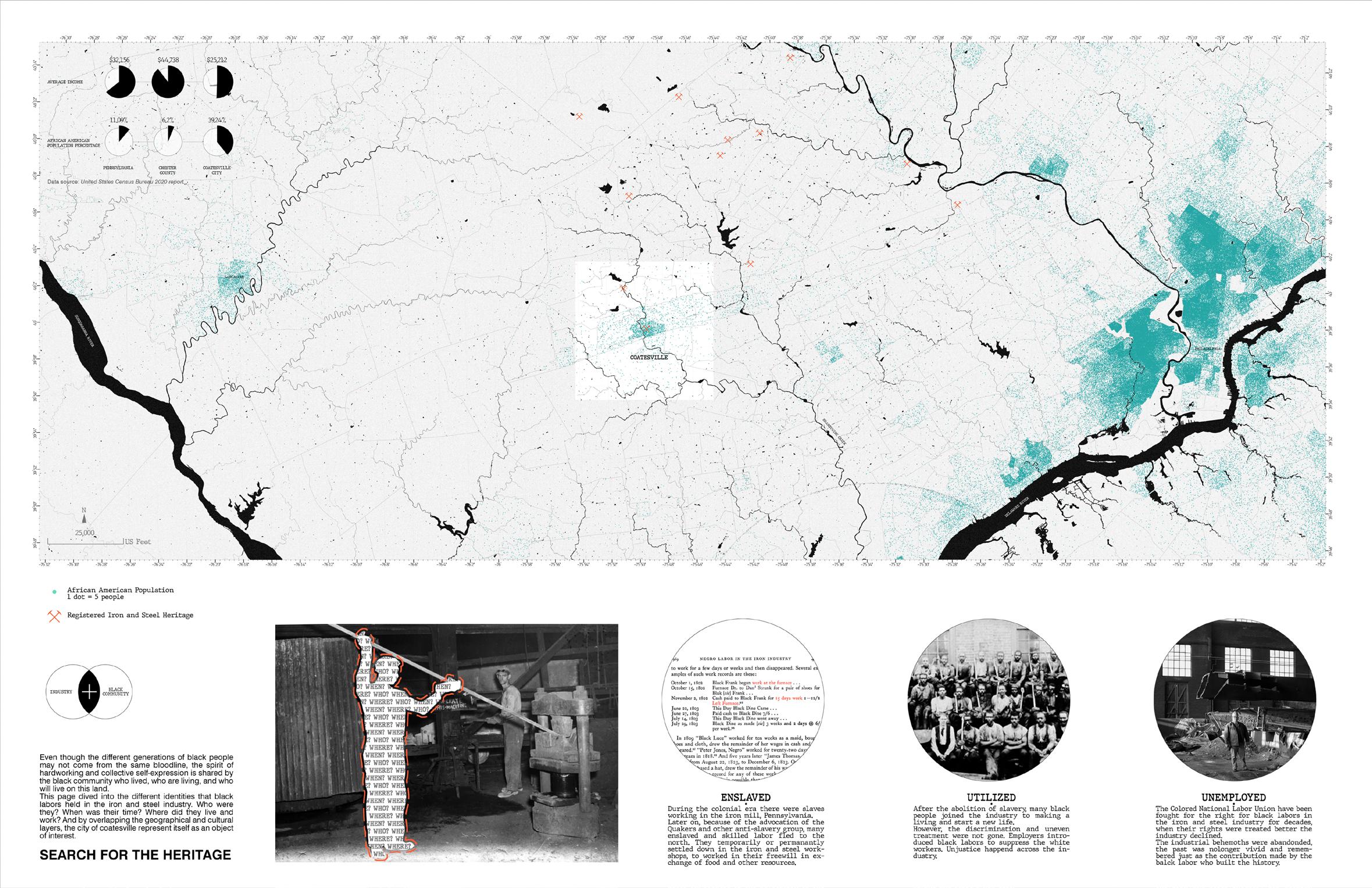
A lyric reflects, "this life is sharp as Coatesville steel," evoking the resilience of America's premier steel production hub. This project seeks to unveil Coatesville's obscured history, honoring the indomitable spirit of the black community's hard work and self-expression across generations.
Inspired by the region's 300-year steel legacy, the project highlights the overlooked hands behind the industry's grandeur. It acknowledges ongoing struggles for cultural recognition among African Americans in the area.
To reconcile labor with heritage, I propose reclaiming space through the BLACK way. This envisions labor not as marginalized but as a healing process weaving the past, present, and future of the black community together.
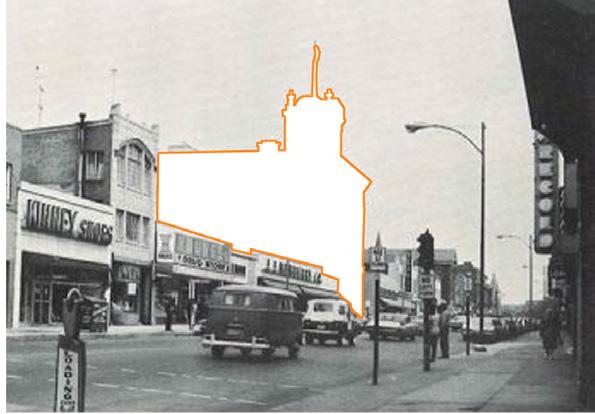









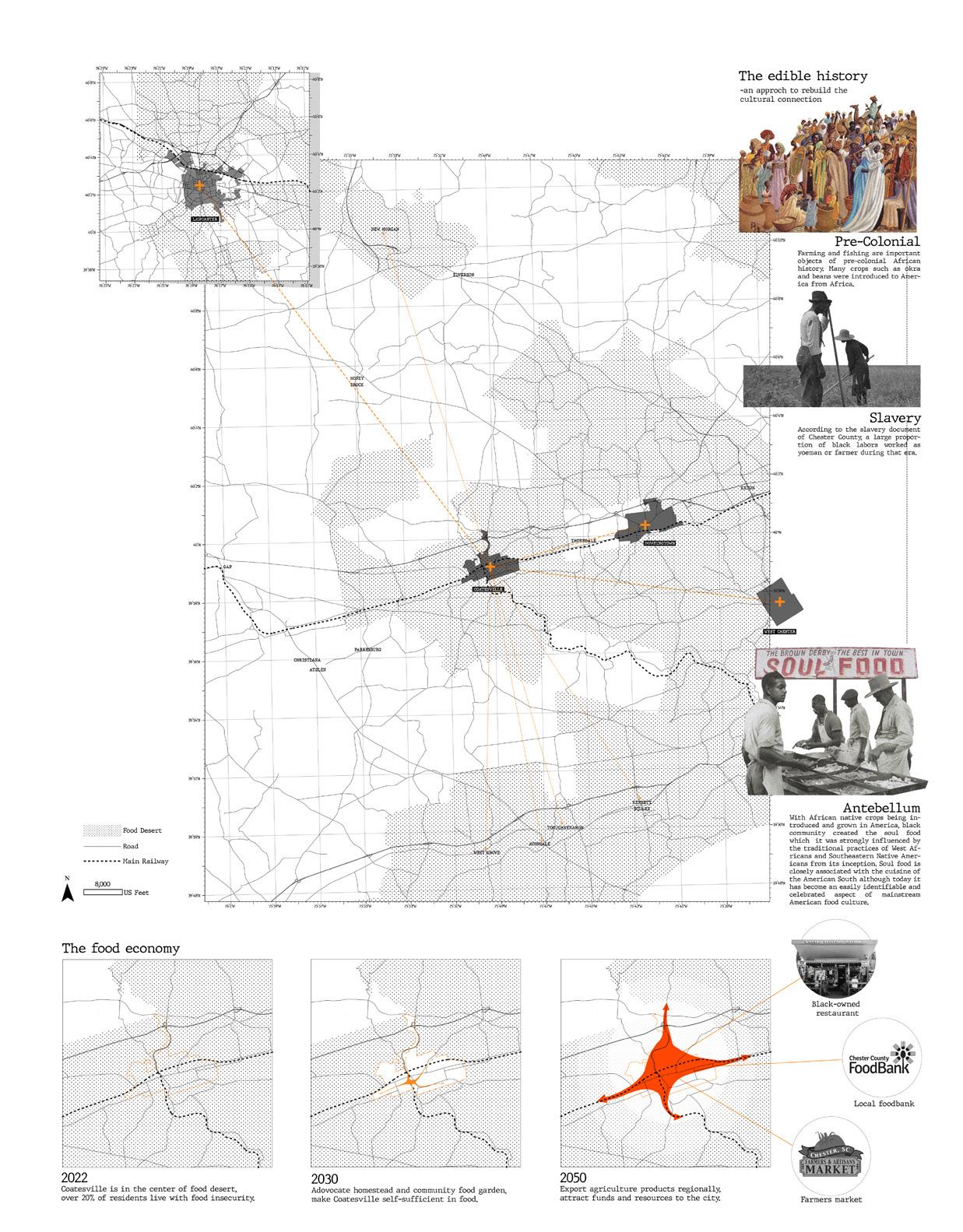









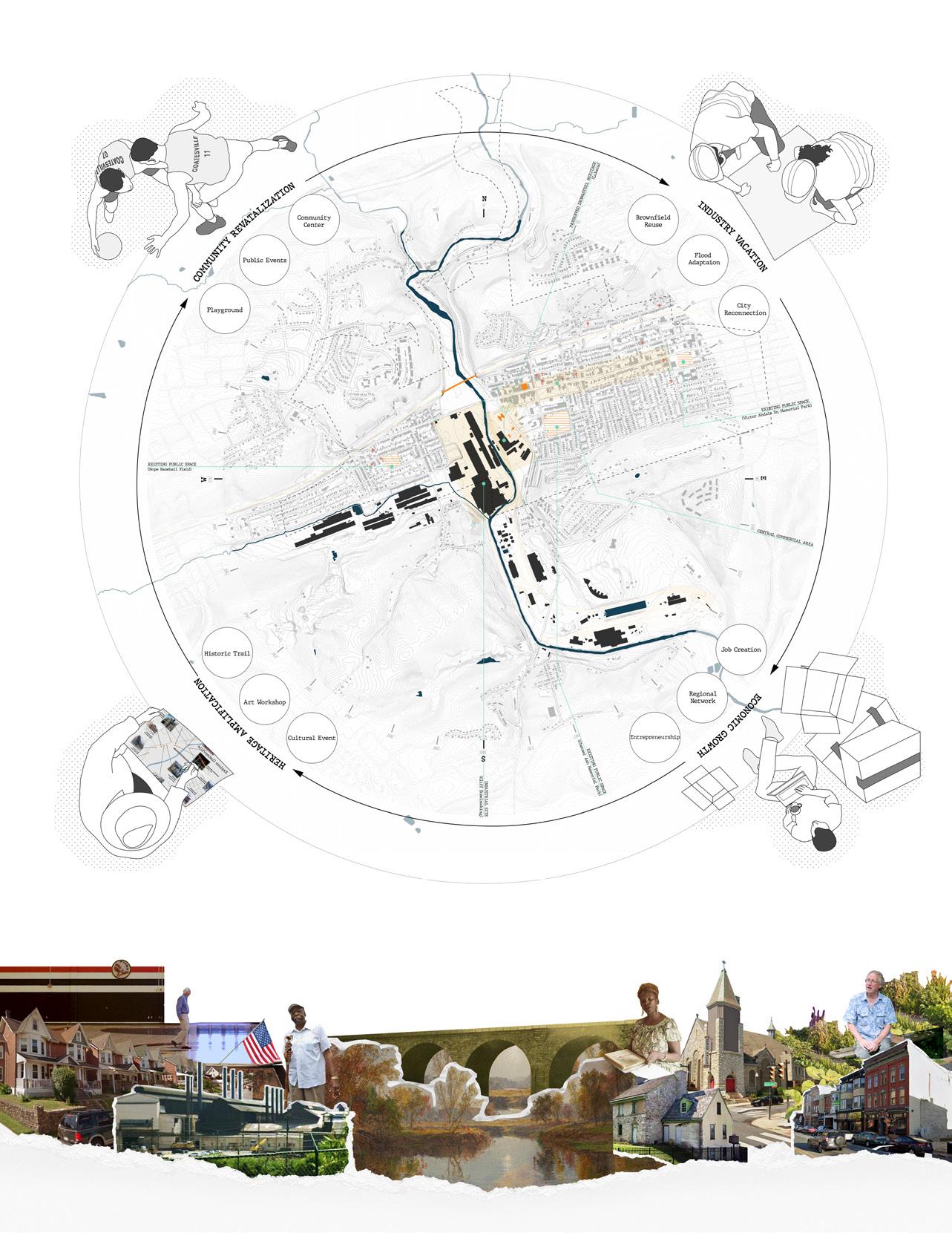




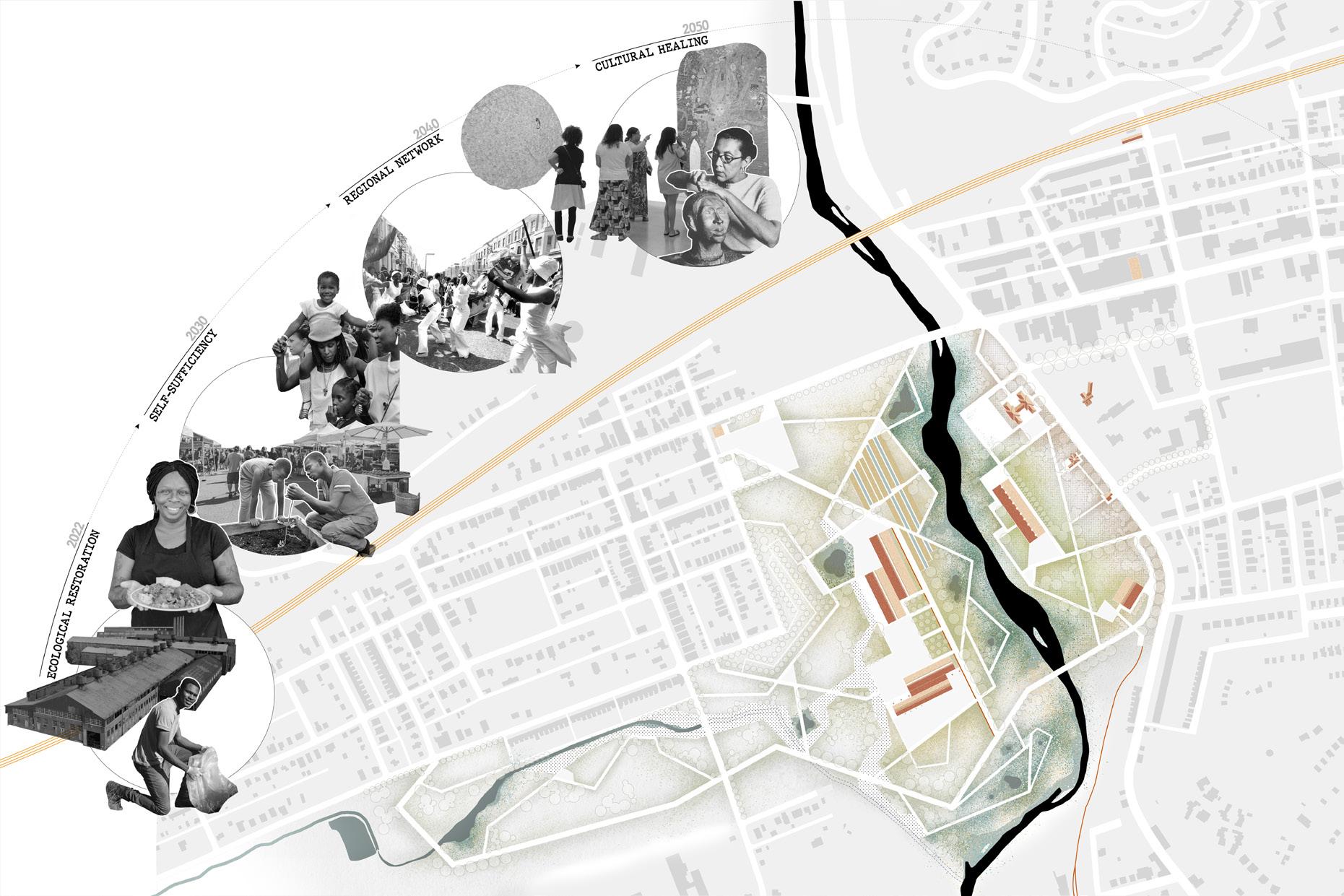




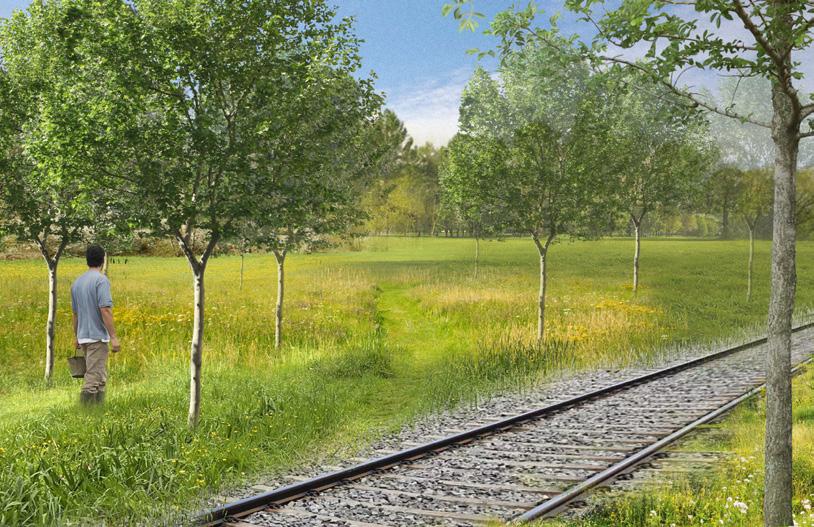
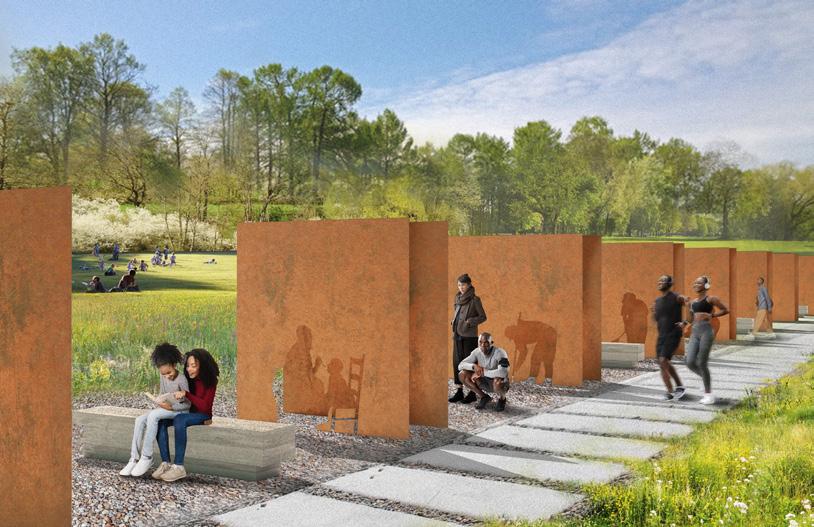
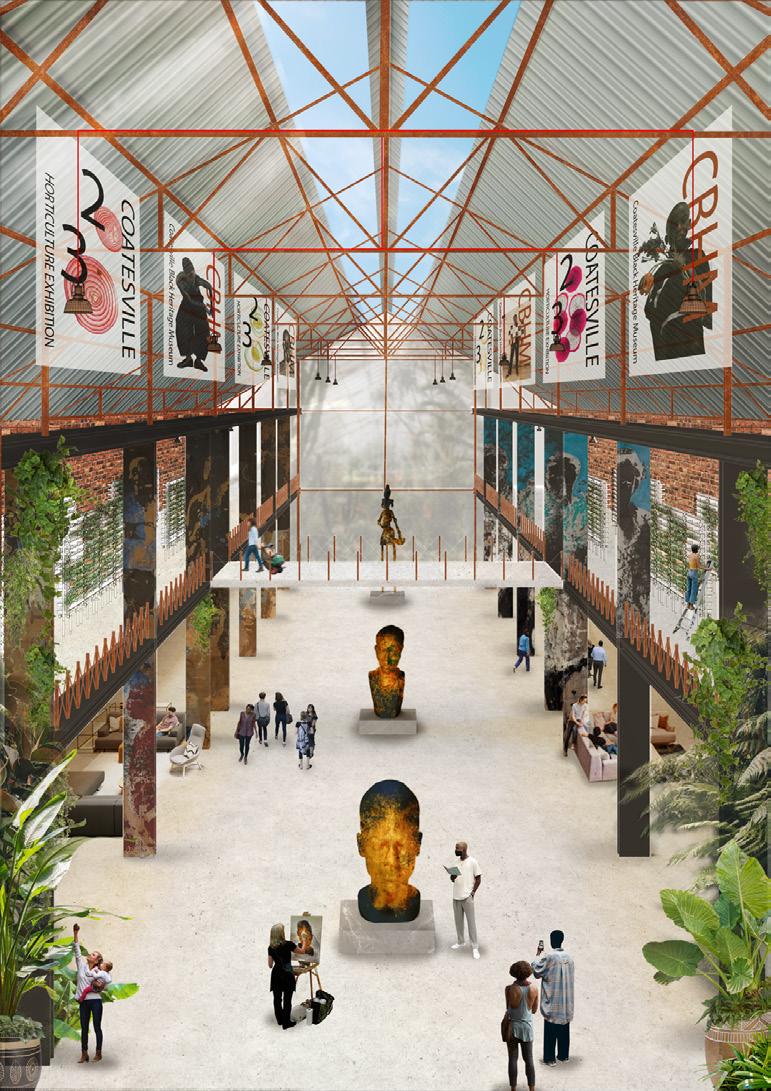
Location: Fishtown, PA, United States
Typology: Post-industrial landscape
Instructor: Misako Murata
Studio II | Weitzman School of Design | Spring 2022
Fishtown, on Philadelphia's gentrification fringe, faces ongoing struggles. Gentrification persists, leaving affluent areas with lush green spaces while disadvantaged communities lack them.
The "Just Green Enough" concept by Curran and Hamilton highlights the paradox of creating green spaces for vulnerable communities, often leading to gentrification, termed environmental gentrification.
This project aims to define "Just Green Enough" for Fishtown. It proposes an experimental urban green renewal process aligned with local environmental goals. It seeks a balance between environmental enhancement and anti-luxury stances while fostering community access and engagement with green spaces.
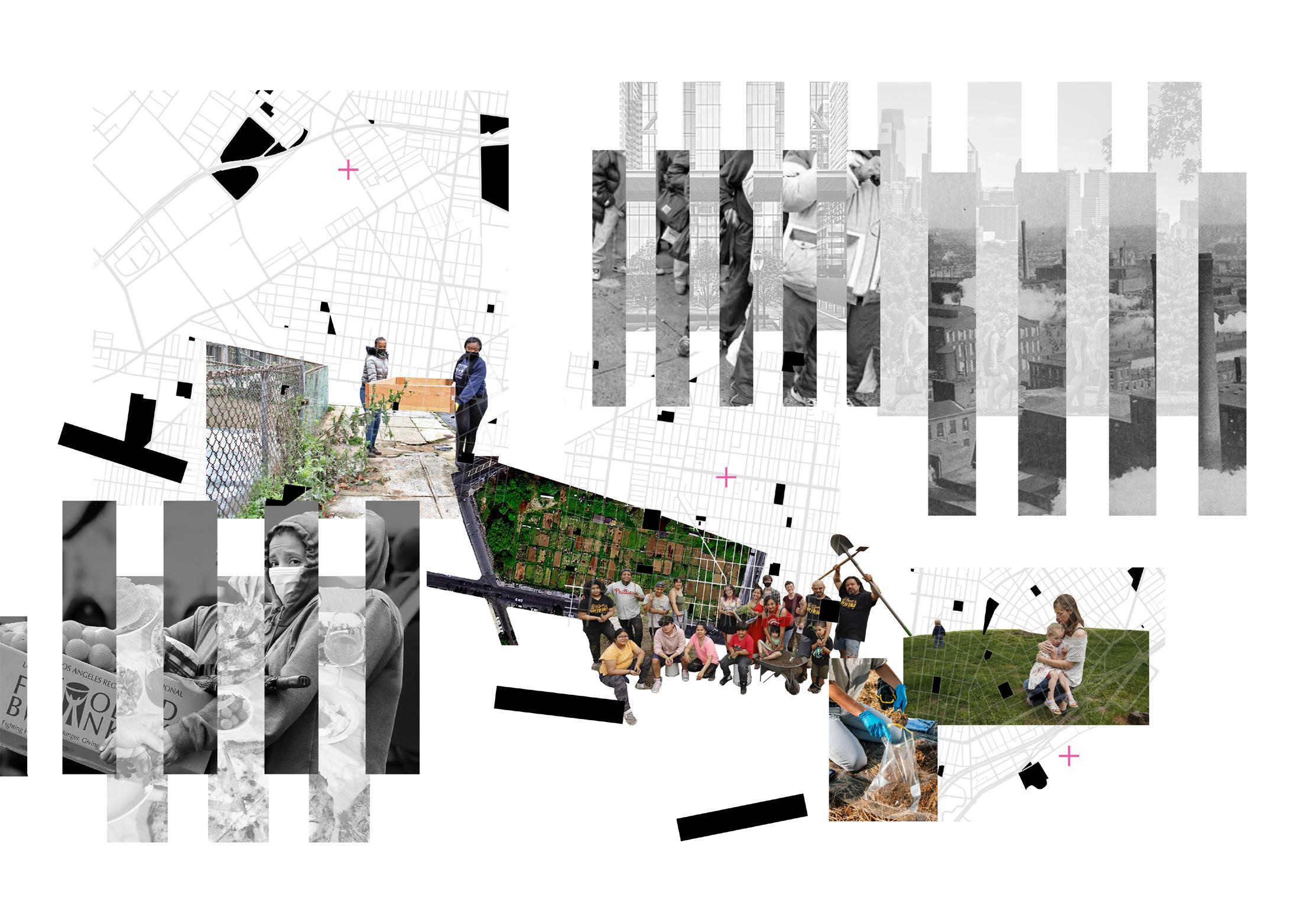




















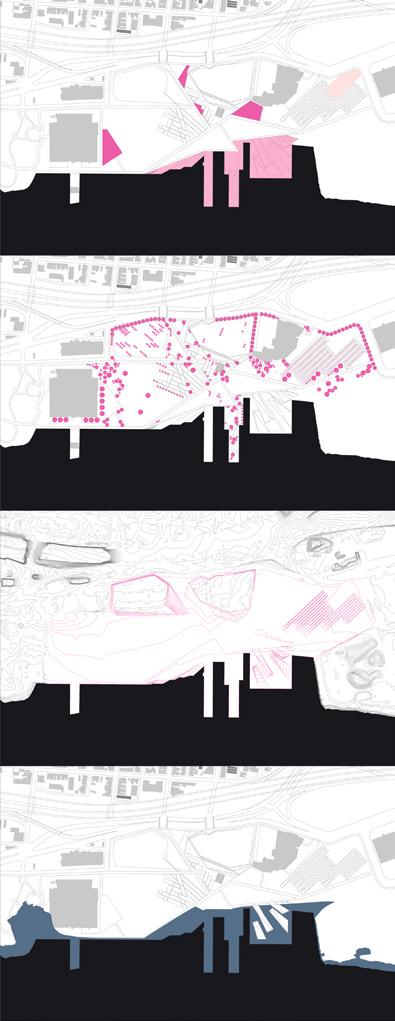



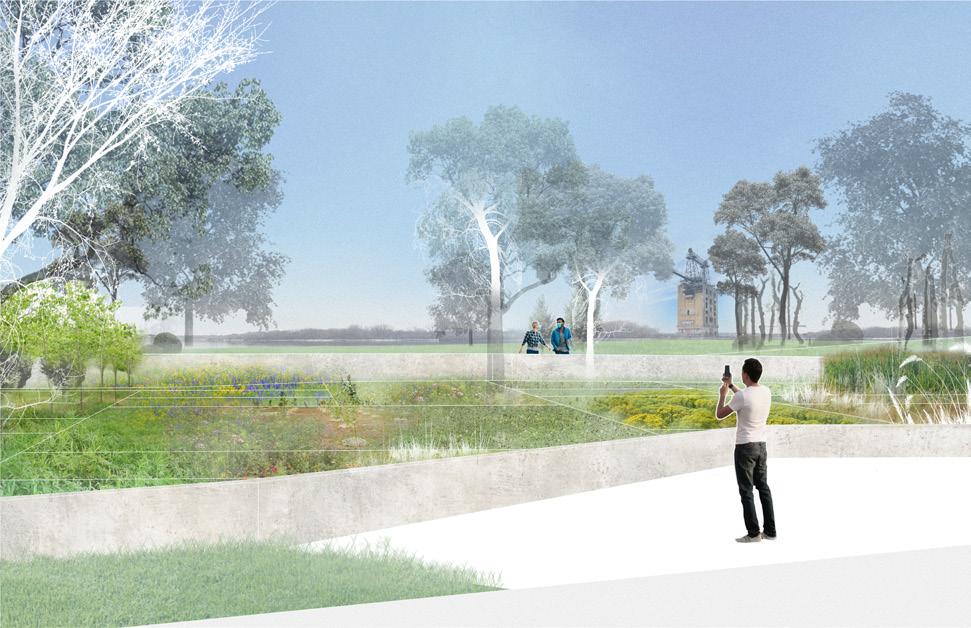
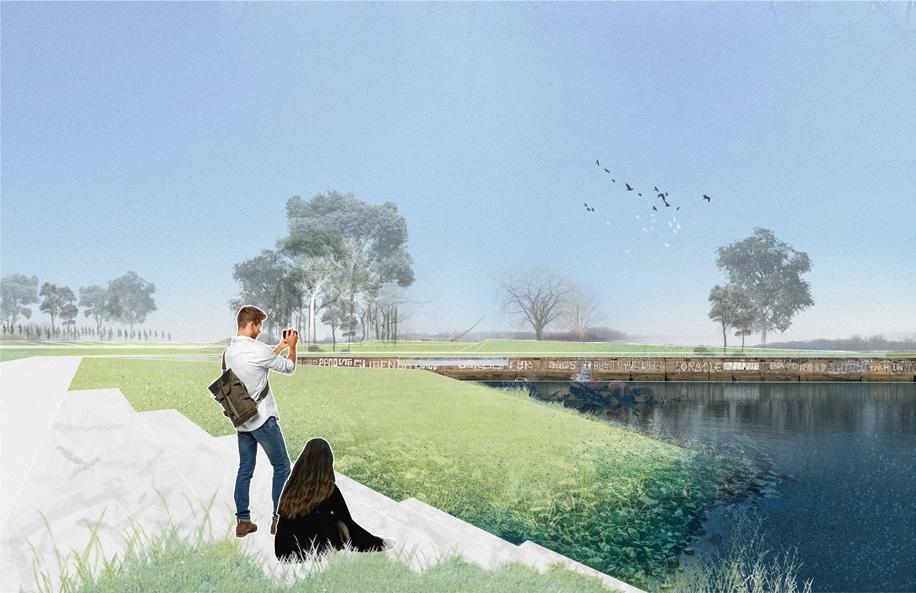


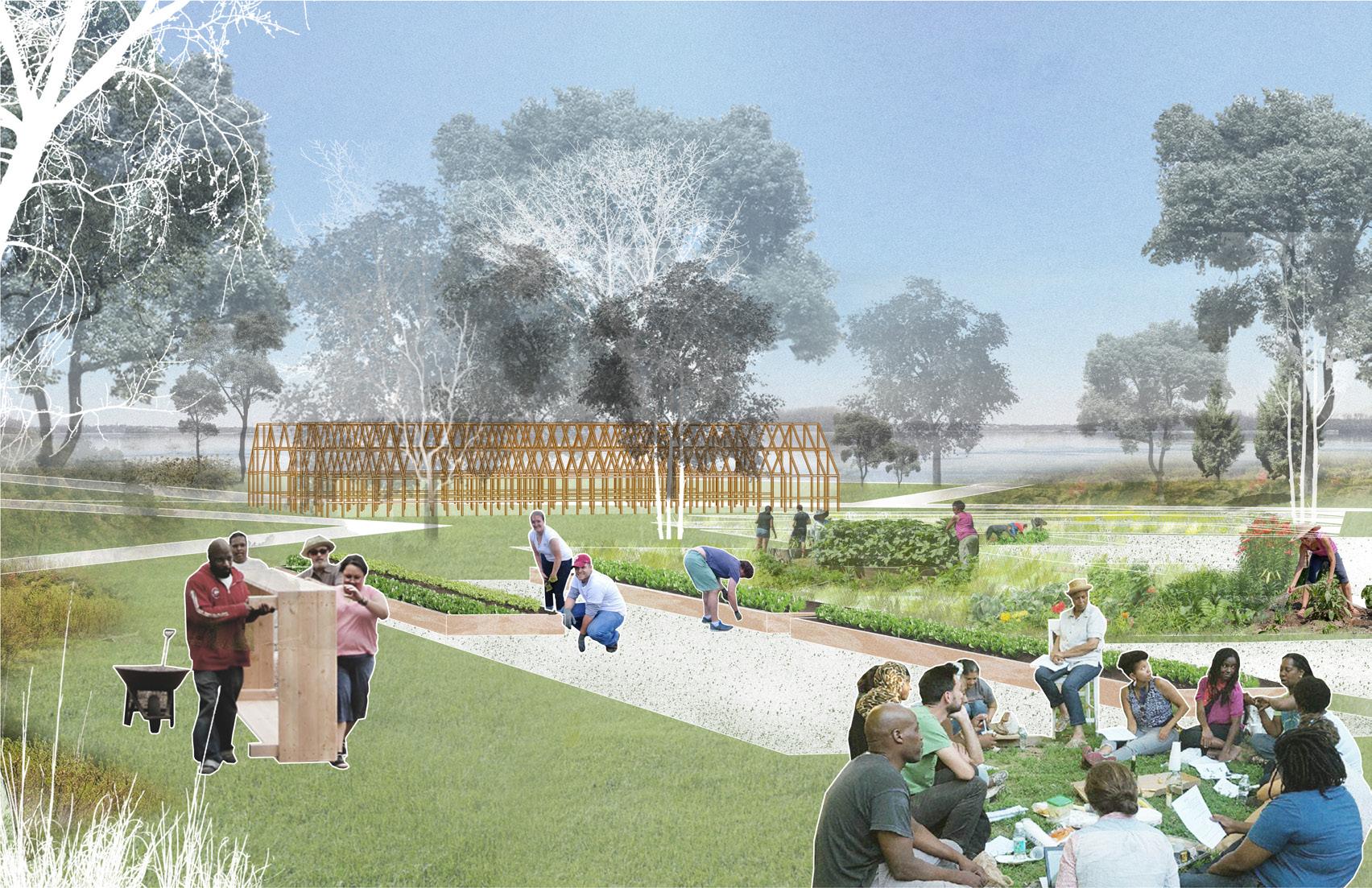
Location: Kingsessing, PA, United States
Typology: Urban design
Instructor: Christopher Marcinkoski
Studio IV | Weitzman School of Design | Spring 2023
This studio focuses on a proposed future life-science campus in Kingsessing, West Philadelphia. Through extensive research, we identified two primary concerns: public suspicion towards the pharmaceutical industry and the failing waste management system in Philadelphia. These issues reveal a disconnect between the public and urban administrators. The focal point of both concerns is the clogged circulation.
The proposed biotech manufacturing campus in Kingsessing aims to reshape the image of the life science industry as transparent and publicly engaged. This will be achieved by carefully orchestrating circulation to facilitate smooth industry operations while ensuring harmonious coexistence with public access. Such an approach fosters direct interaction and knowledge exchange between the neighborhood and biotech companies, thereby promoting a positive impact on the community.


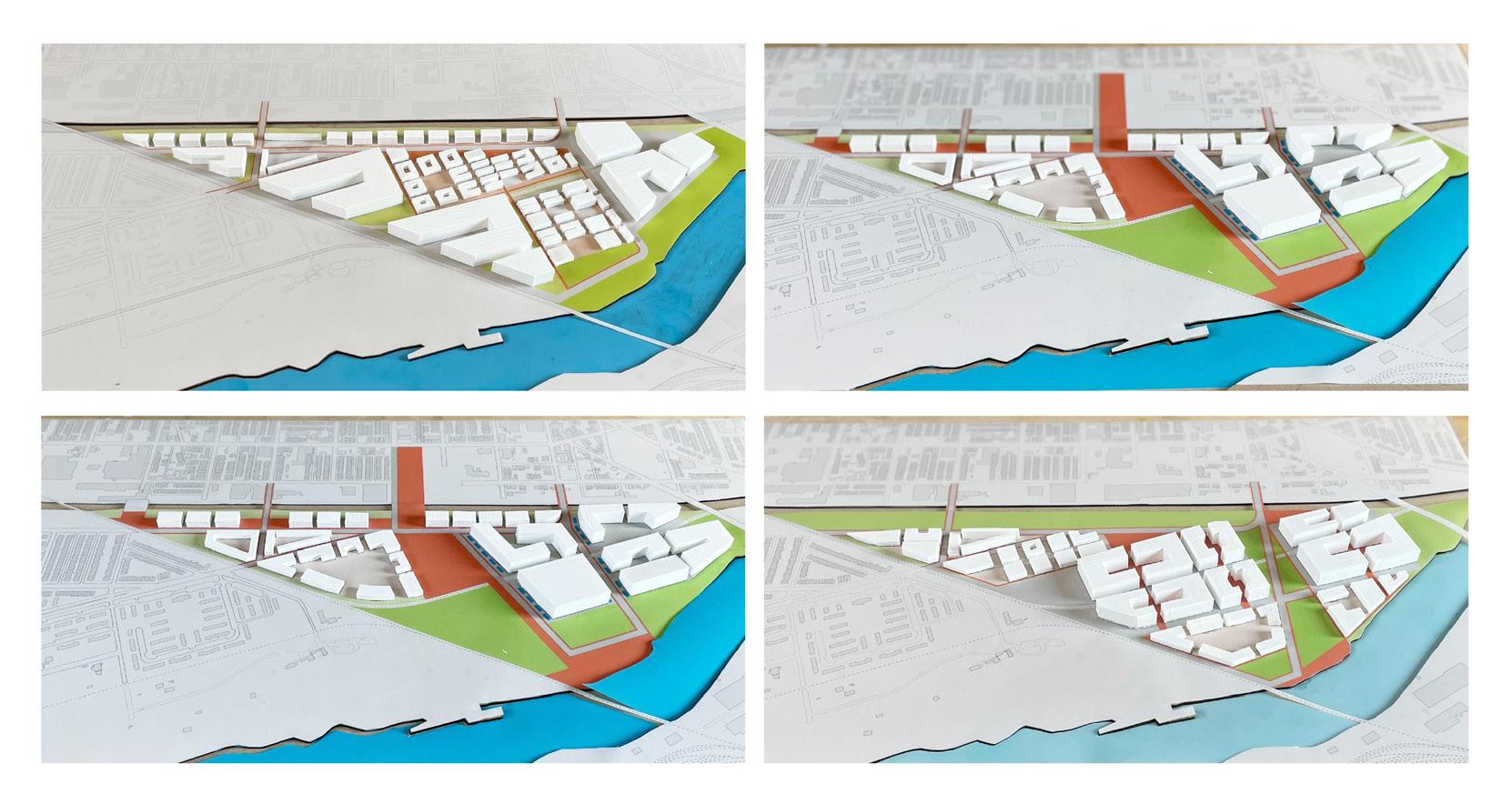

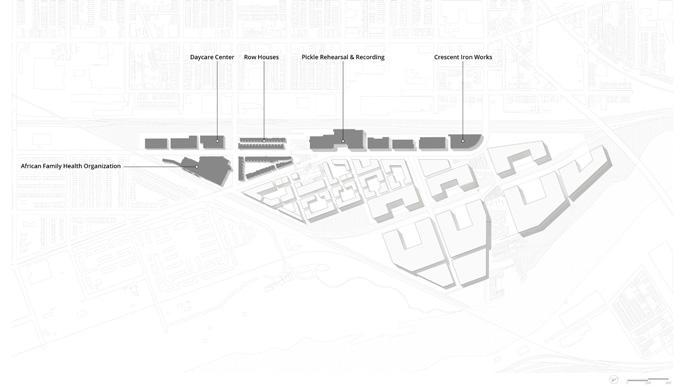
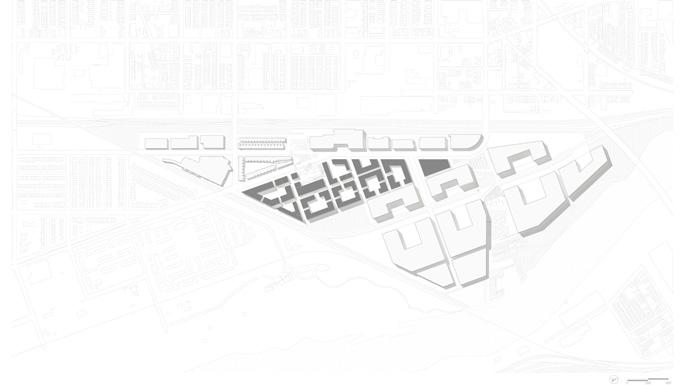

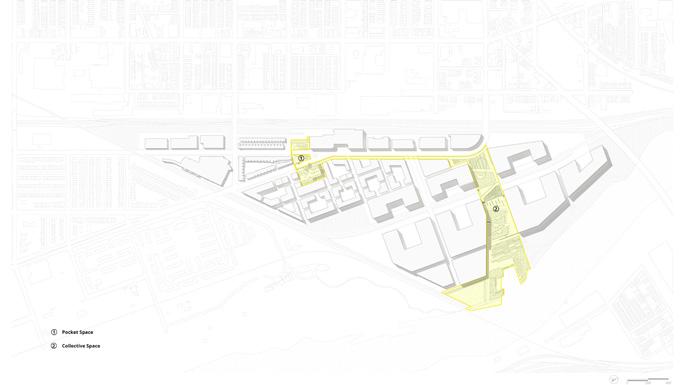
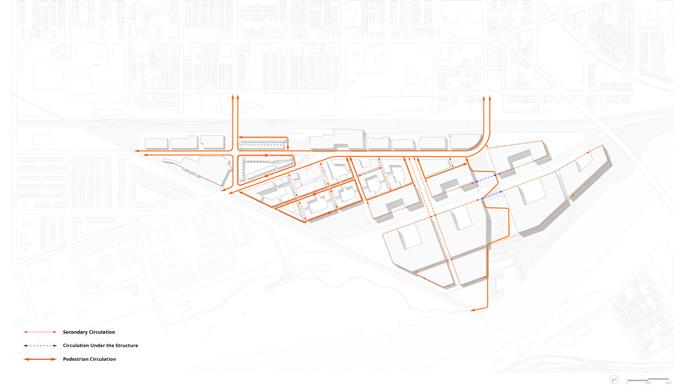



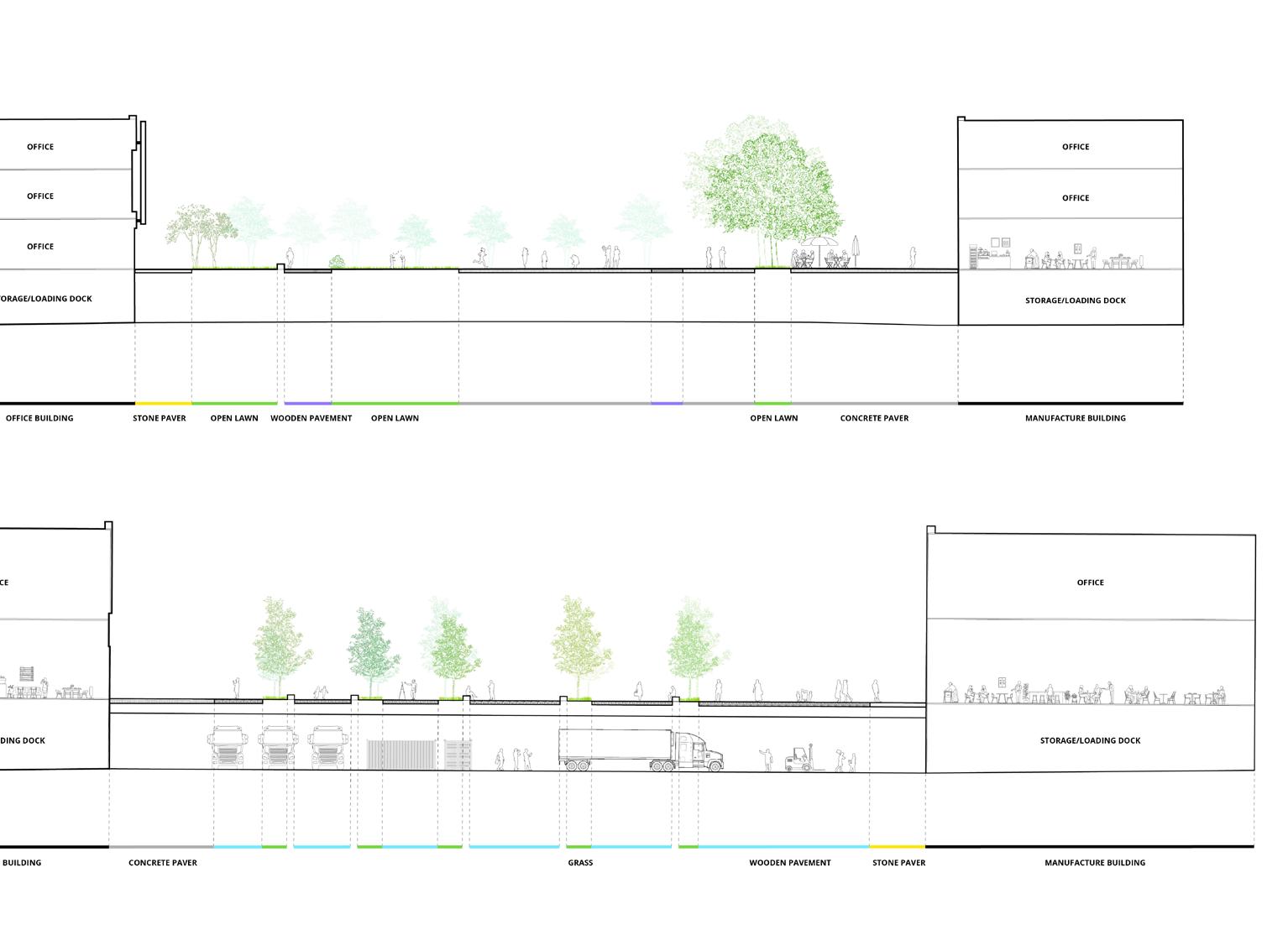
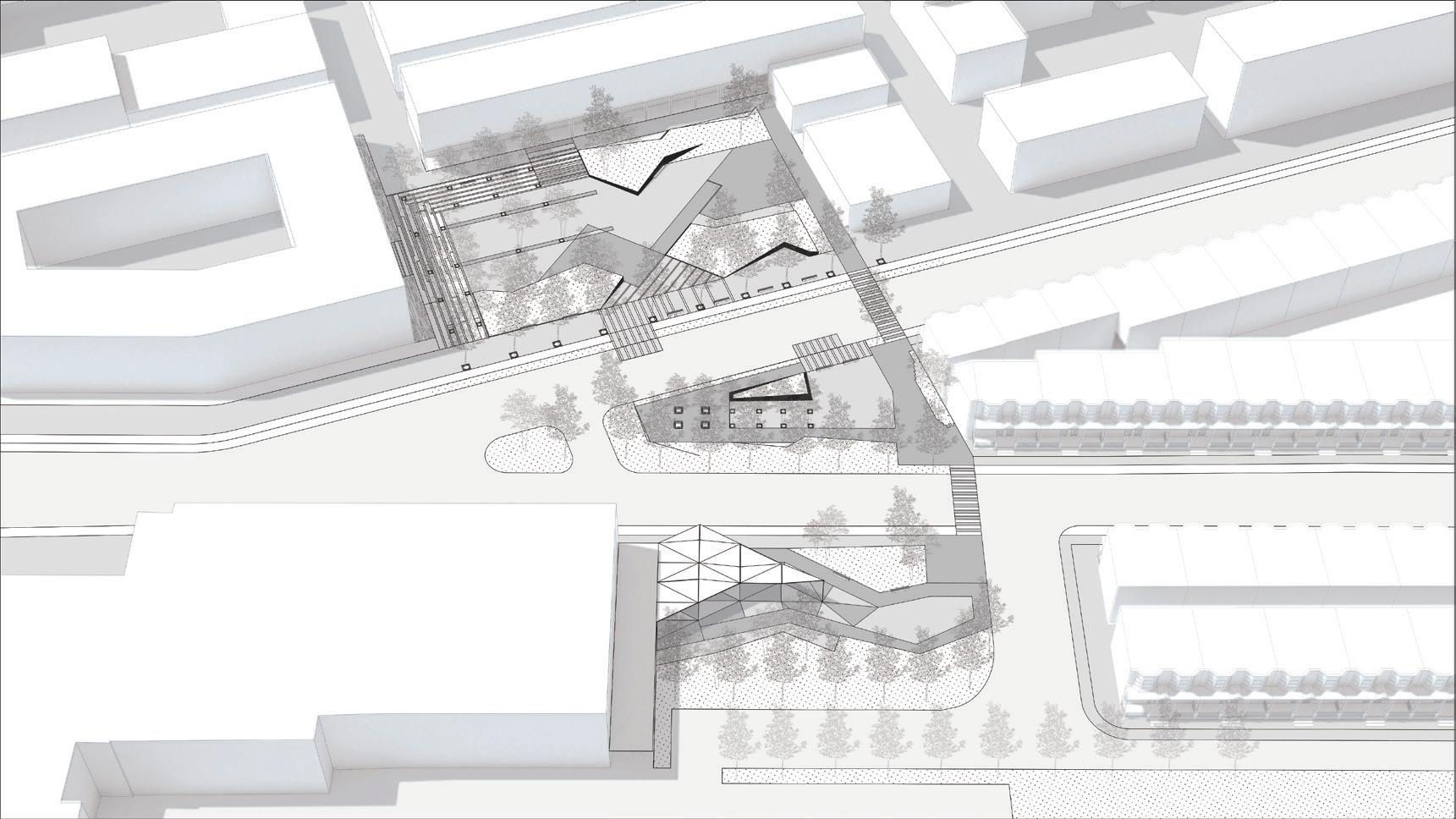
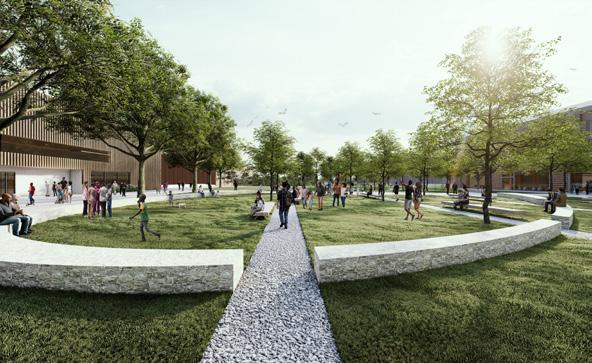

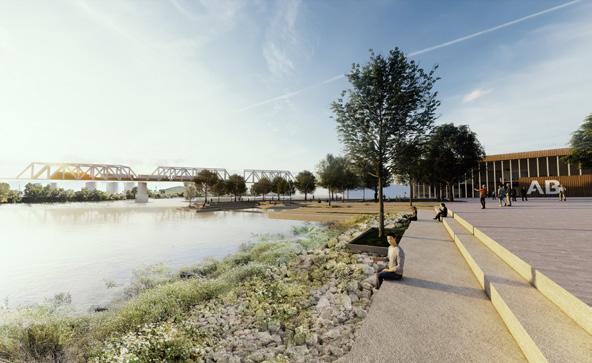

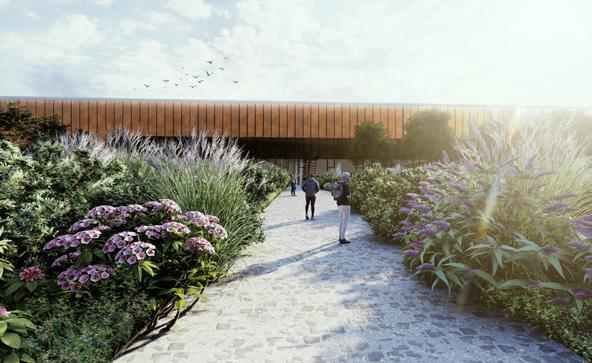

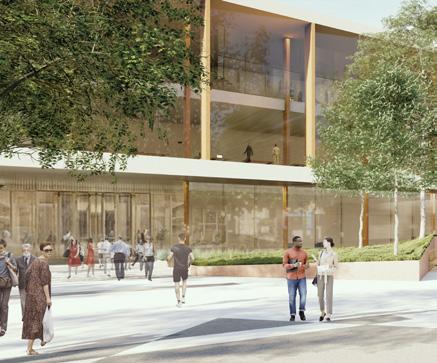
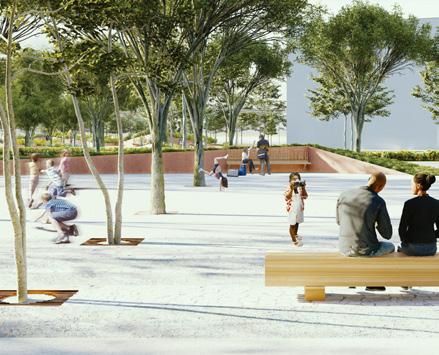








Computational. Systematic. Objective.
Location: Pittsburgh, PA, United States
Typology: Grasshopper Study
Instructor: Keith VanDerSys
Media II | Weitzman School of Design | Spring 2022
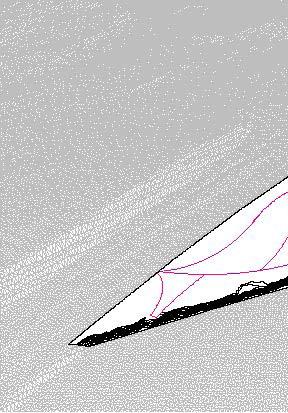
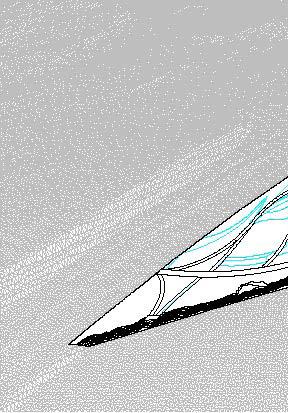
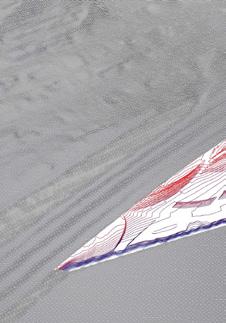




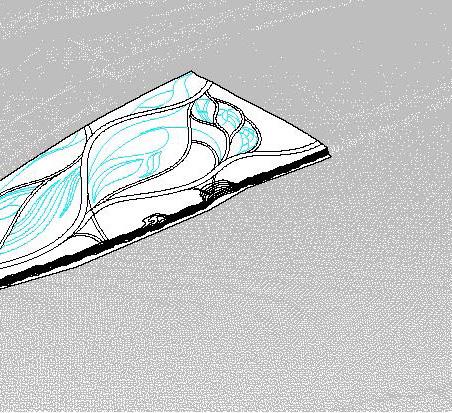


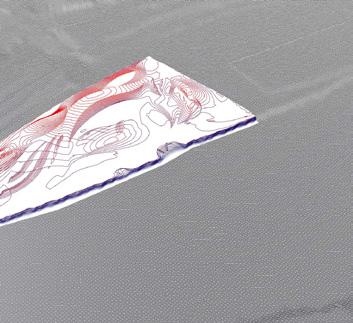


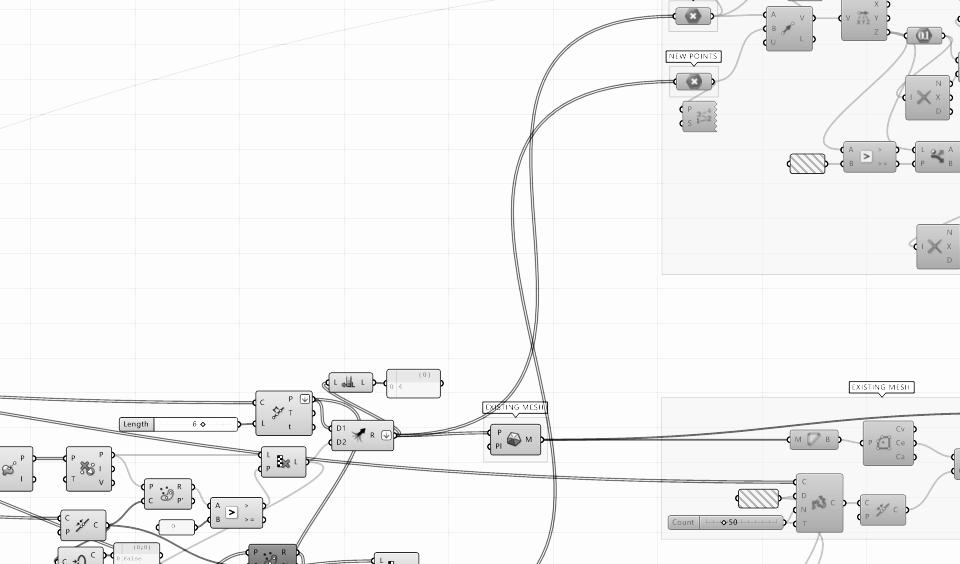
Location: Pittsburgh, PA, United States
Typology: GIS Study | Animation
Instructor: Keith VanDerSys
Media III | Weitzman School of Design | Fall 2022

Scan to play animation




"Art is not confined to galleries and museums. It can be found in the smallest of details in nature."
Roberto Burle MarxLocation: Mannheim, Germany
Land Art Generator Design Competition | 2022
Collaboration with Zicheng Zhao, Wei Xia, Andreina Sojo, Priyanjali Sinha
We designed an organic photovoltaic (OPV) solar system to generate 22 MWh per unit each year. The artwork provides additional social cobenefits including water harvesting for irrigation. A shortlisted entry to the 2022 Land Art Generator Initiative design competition for Mannheim in partnership with BUGA 23.

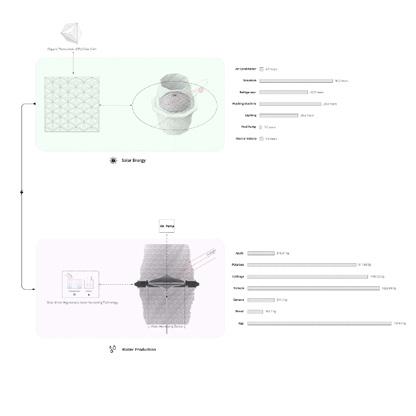
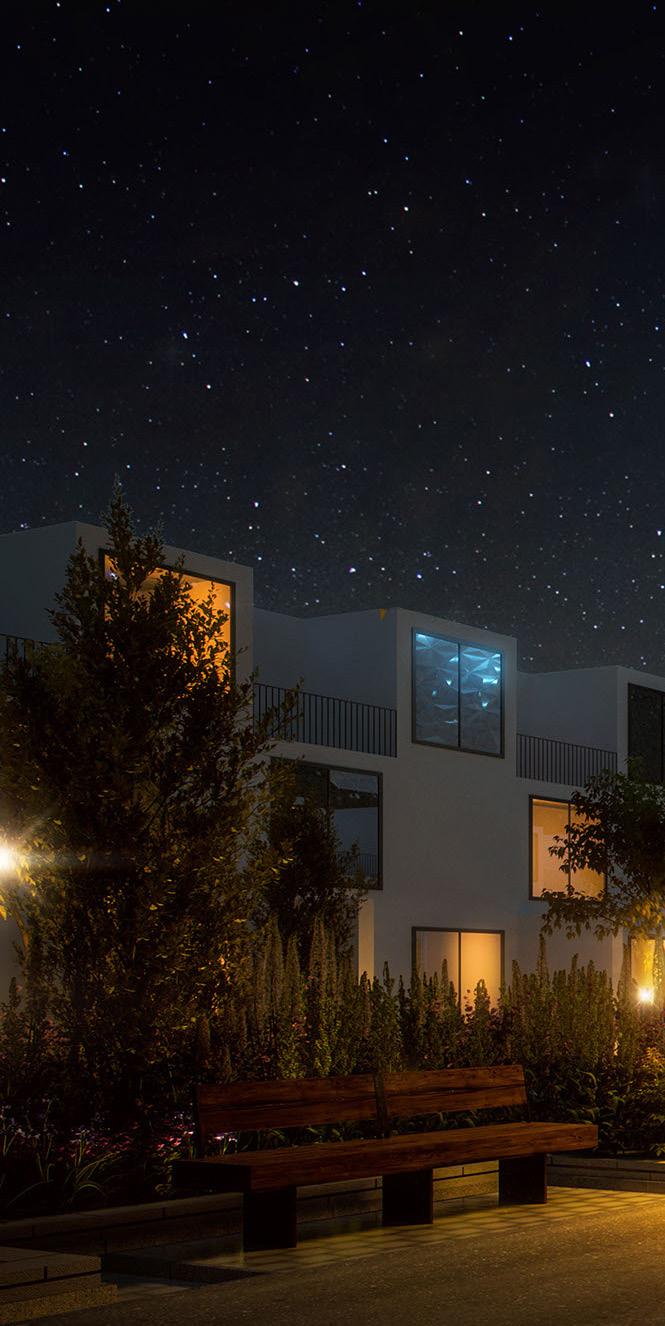 Scan to view webpage
Scan to view webpage

Location: Philadelphia, PA, United States
Typology: Subjection interpretation
Instructor: Rebecca Popowsky
Studio I | Weitzman School of Design | Spring 2021
An experiment without boundary.
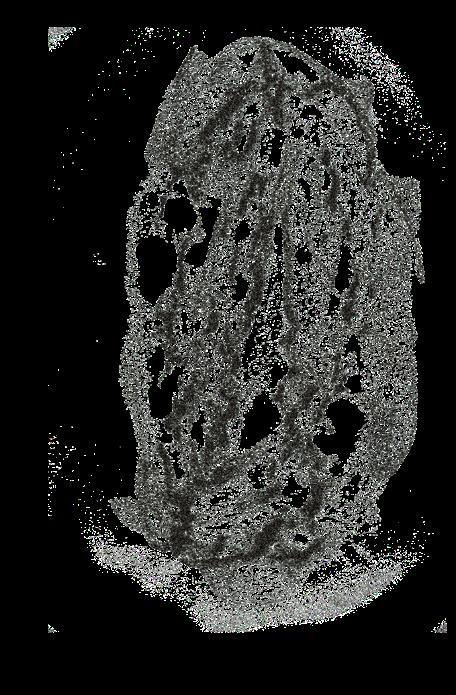




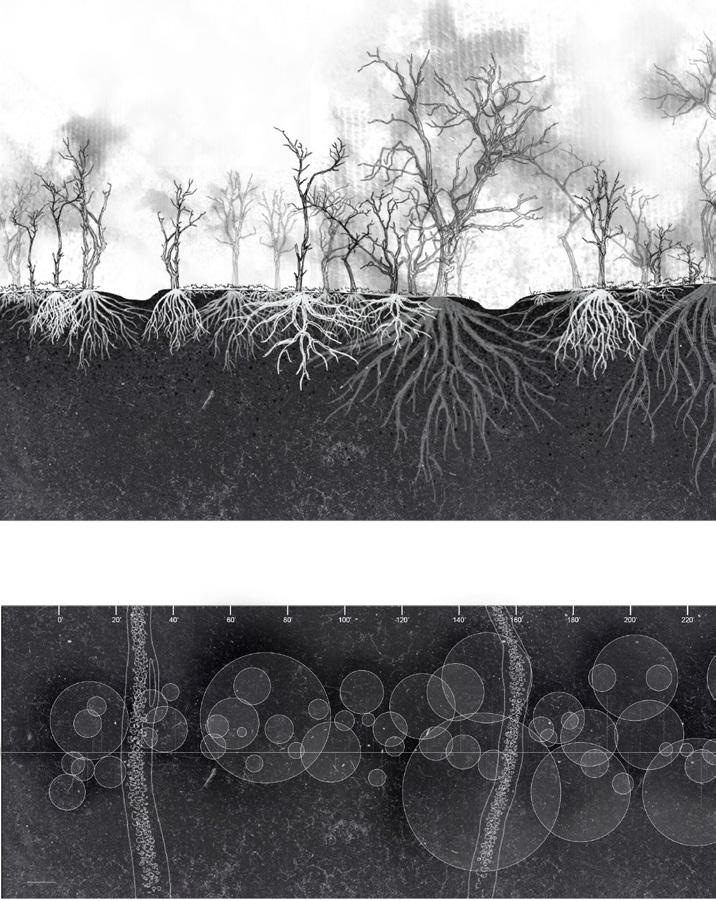
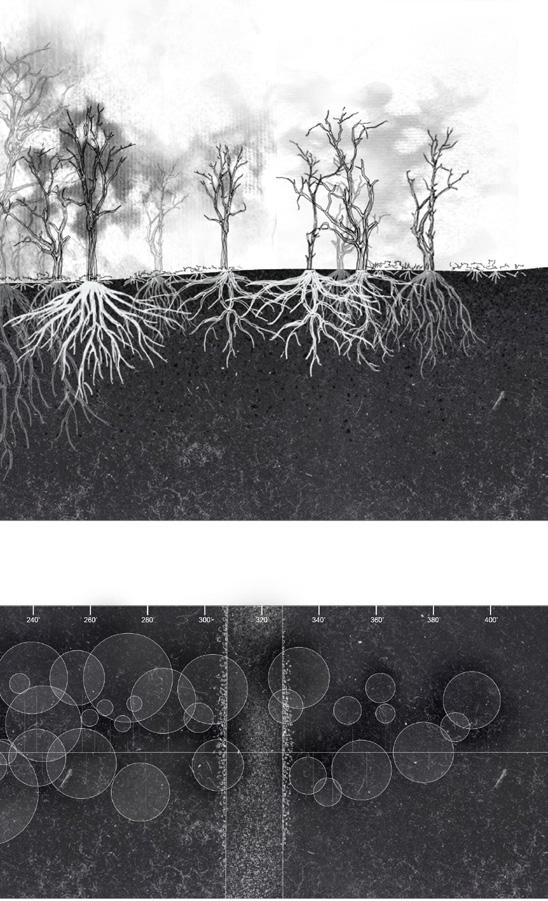
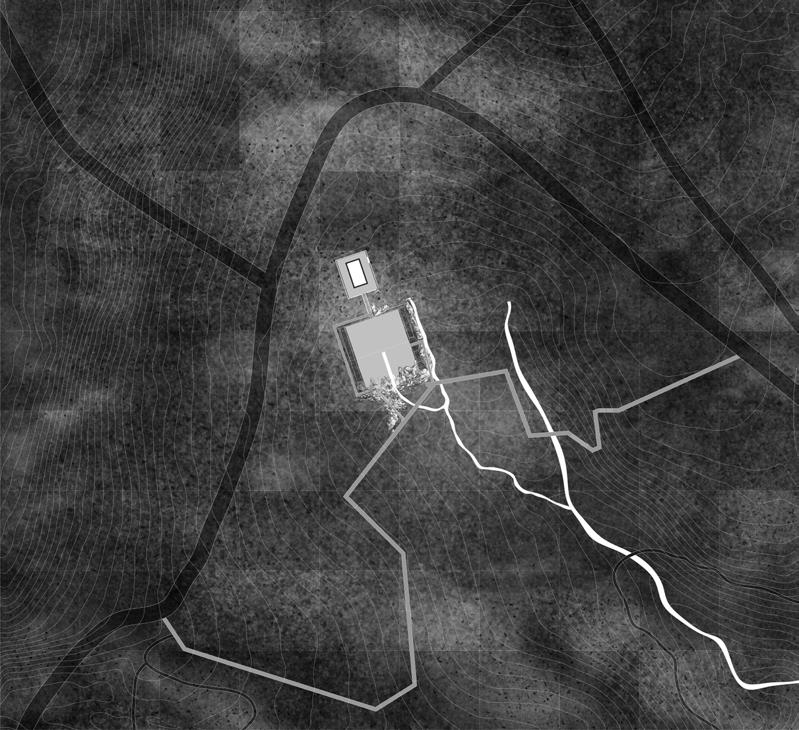

Location: Beijing, China
3rd BFU International Garden Festival | 2020
Award of Excellence | 2nd Place Winner | Construction Prize
Collaboration with Haoru Xin, Tianqi Qiu, Yaxuan Wu, Yujun Liu, Lingshan Ni, Kuning Hu, Qirui Zhang
Parametric bamboo pavilion
